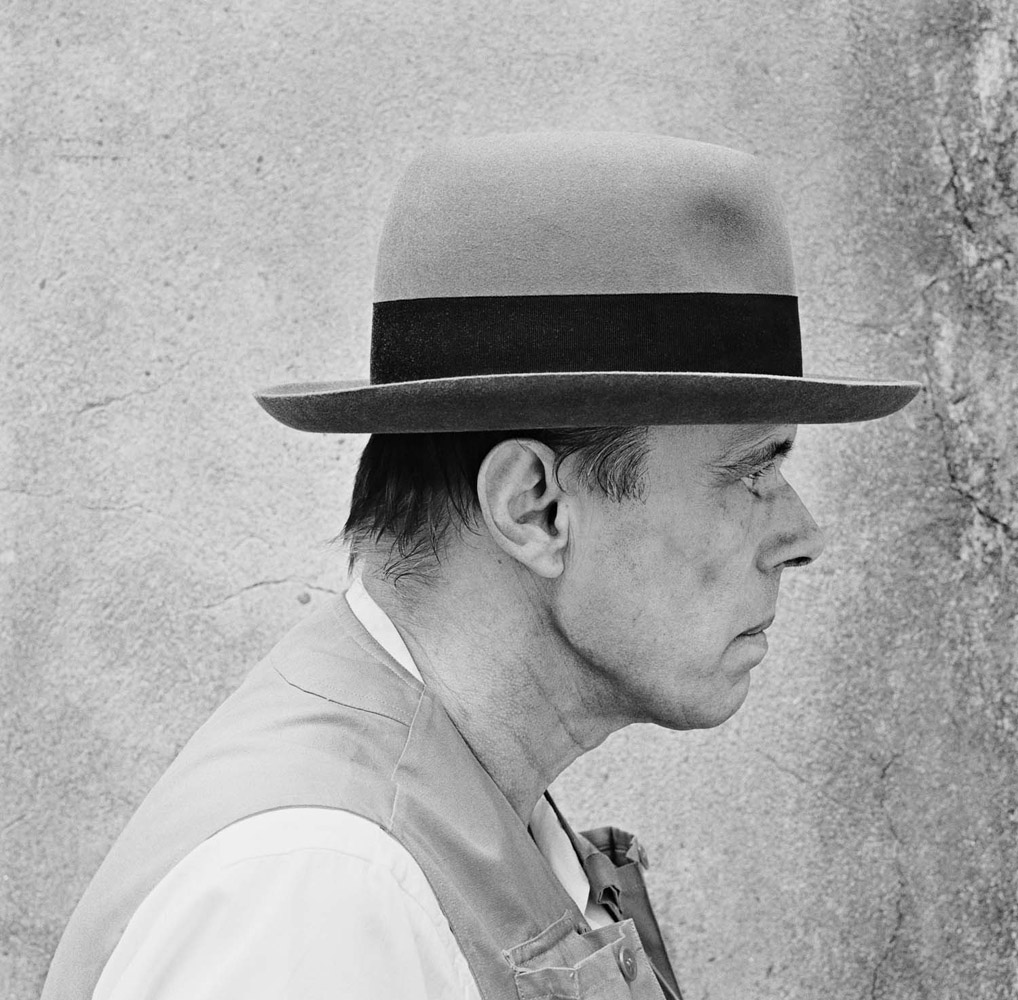
In the universe of serious, meaningful photography, the chance to honor the lives and careers of peers, colleagues and, occasionally, heroes in an end-of-year “those we lost” tribute comes with a grim, one-time-only satisfaction: namely, the opportunity to see, in one place, the work of photographers who would otherwise never, ever be shown together.
Like politics, death can sometimes make for strange bedfellows.
Where else would, say, Cornel Lucas’ glamorous Hollywood portraits feel so right alongside LIFE staffer Lee Balterman’s edgy depictions of Sixties’ unrest? In what other context would a black-and-white image of Nehru by India’s first woman photojournalist, Homai Vyarawalla (a.k.a, “Dalda 13”), not seem out of place beside Jim McCrary’s famous 1971 Tapestry portrait of Carole King?
Of course, it’s hardly just the variety of photographers we lost in 2012 that’s so striking, but the cumulative power and excellence of their work.
Dody Weston Thompson, for example, who died in October at 89, not only worked as an assistant with titans like Edward Weston and Ansel Adams, but collaborated for years with her husband, Brett Weston. Over a five-plus-decade career, from the 1940s into the early 2000s, she forged friendships with many of the signature artists of the century (Minor White, Imogen Cunningham, Georgia O’Keeffe and others) while always doggedly — and joyfully — pursuing her own creative vision.
Another formidable woman, Eve Arnold, died early in 2012 at the age of 99. The Philadelphia native joined Magnum in 1957 and for decades produced indelible portraits of celebrities (Marlene Dietrich, Marilyn Monroe), political and cultural figures (Malcolm X, Jackie Kennedy, James Cagney) and the disenfranchised (migrant workers, prostitutes). Named a “Master of Photography” by ICP in 1995, Arnold lived in England until her death in January.
On staff at LIFE for 24 years, Michael Rougier was, according to magazine lore, the only unknown photographer who ever walked into the LIFE offices and was hired then and there. (He had smuggled pictures of a then-camera shy Eva Peron out of Argentina.) Rougier — who has a peak in Antarctica named after him; he tumbled down its side while on assignment for LIFE in the 1960s — died in January at the age of 86. Another LIFE photographer, Lee Balterman, whose work chronicled some of the signature events of the roiling Sixties (the ’68 Chicago convention, the Detroit riots) as well as the beauty and rigor of the arts, died in January at age 91. Ken Regan, who died in late November (nobody seems to have known his real age), made striking portraits of most of the biggest names of the 1960s and ’70s, including Dylan, the Stones, Hendrix and Muhammad Ali.
Prize-winning combat photographer Horst Faas, whose work across almost a half-century with the Associated Press helped redefine what war photography could (and perhaps should) look like, died in May. He was 79. In February, another award-winning war photographer, Rémi Ochlik, was killed by Syrian artillery fire while covering the siege of Homs in that country’s civil war. Ochlik, a World Press Photo honoree in 2012, was just 28.
The man who won both the Pulitzer Prize and the World Press Photo of the Year in 1963 for his image of a self-immolating monk in Saigon, Malcolm Browne, died in May at 81.
( Read Patrick Witty’s interview with Browne, “Behind the Burning Monk.” )
More than a few fine-art photographers passed away in 2012. Among them: New Jersey native Jan Groover, whose work has been shown at MoMa in New York, the Cleveland Museum of Art, ICP, the Corcoran Gallery and many other places; the self-taught, Kolkata-born Prabuddha Dasgupta, whose fashion work spanned more than three decades; and Arnaud Maggs, whose conceptual work — and especially his portraits of famous subjects, presented in grid-like formats — earned him acclaim in his native Canada and internationally.
Martine Franck, who died of cancer in Paris at 74, was a Magnum photographer for more than three decades who began her career in the early 1960s, assisting the great LIFE photographers Eliot Elisofon and Gjon Mili. Magnum’s president, Alex Majoli, eulogized his friend and colleague with the simple and moving observation that the agency had “lost a point of reference, a lighthouse, and one of our most influential and beloved members.”
In September, Pedro Guerrero died in Arizona at the age of 95. For five decades in the middle part of the 20th century, Guerrero (an art school dropout) worked closely with Frank Lloyd Wright, chronicling the architect’s projects in photographs.
French-born Michelle Vignes, who co-founded the International Fund for Photography and Fotovision, worked as a photo editor in the early days at Magnum and was among the most important chroniclers of the pivotal social movements of the 1960s and ’70s (the American Indian Movement’s occupation of Wounded Knee; the Black Panthers; Vietnam War protests), died in October at 86.
Richard Gordon, whose pictures are in the permanent collections of the Library of Congress, SFMOMA, the Getty Museum, the Corcoran Gallery and other major institutions, died in October in Berkley, Calif., at 67.
Chilean street-photographer Sergio Larrain, who was invited by Cartier-Bresson to join Magnum in the late ’50s, but abandoned his camera in the early 1970s in order to pursue what became an increasingly solitary spiritual quest, died in February at the age of 80. Another Latin American photographer, the Argentine Horacio Coppola, who was documenting his native Buenos Aires as early as the 1930s, died in June at 105.
Walt Zeboski, who covered four California governors and other political power players in the state, as well as Ronald Reagan’s 1980 presidential campaign for the Associated Press, died on November 12. He was 83.
Yasuhiro Ishimoto, a Japanese-American who first learned photography while interned at Colorado’s Amache Internment Camp during World War II, died in February at 90. A key figure in the post-war movement (across all of the arts) that saw Eastern and Western sensibilities melding and, occasionally, clashing to such vivid effect, Ishimoto won numerous awards — including the Moholy-Nagy twice.
A photographer whose fashion work was published primarily in Harper’s Bazaar in the 1950s and ’60s and who was still working into her 90s — using contemporary digital technologies to manipulate her images — Lillian Bassman died in February at the age of 94.
Known primarily for an iconic image of Beat-era legends Michael McClure, Allen Ginsberg and others outside City Lights bookstore in San Francisco in December 1965 — made when he was just 22 — Bay Area native Larry Keenan worked as a photographer for the next four decades. He was an accomplished commercial photographer, but also made a point of continuing to shoot the counterculture as it evolved from the ’60s into the 21st century.
Wilhelm Brasse, a Pole and a prisoner at Auschwitz during the Second World War, was a professional photographer forced by the SS to document everything from the work performed by fellow inmates to the horrific medical experiments conducted by Nazi doctors at the notorious concentration camp.
Paula Lerner was just 52 years old when she died in March from cancer. Lerner, who often worked on commercial assignments to help finance the photojournalism projects that were her passion, was the principal photographer for Behind the Veil, about the lives of women and girls in contemporary Afghanistan.
In a career spanning 50 years, South Africa’s Alf Kumalo tirelessly (and artfully) chronicled the abuses of apartheid. He died in October at 82.
Known primarily for her pictures documenting the women’s movement of the 1970s and its high-profile leaders (Steinem, Friedan, Abzug), Bettye Lane also covered other people and events of the fraught era, including antiwar rallies and the stirrings of the modern environmental movement. She died in Manhattan in September at 82.
Architectural photographer Susan Carr died in early September in Chicago. A leader of the education programs at the American Society of Media Photographers, Carr was 49.
Robert McElroy died on February 22 in White Plains, New York. A photographer for Newsweek for almost 20 years, he was best-known for his pictures of the vibrant art “happenings” of the 1950s and early ’60s.
Stan Stearns — whose portrait of 3-year-old John F. Kennedy Jr. saluting his father’s coffin in 1963 poignantly distilled a nation’s grief — died of lung cancer in March. He was 76.
Juan Antonio Serrano, a documentary photographer and brother of the Ecuadorian Interior Minister, Jose Serrano, was stabbed to death in the city of Cuenca in southern Ecuador. The murder was, evidently, not associated with his photography work. Serrano was 34.
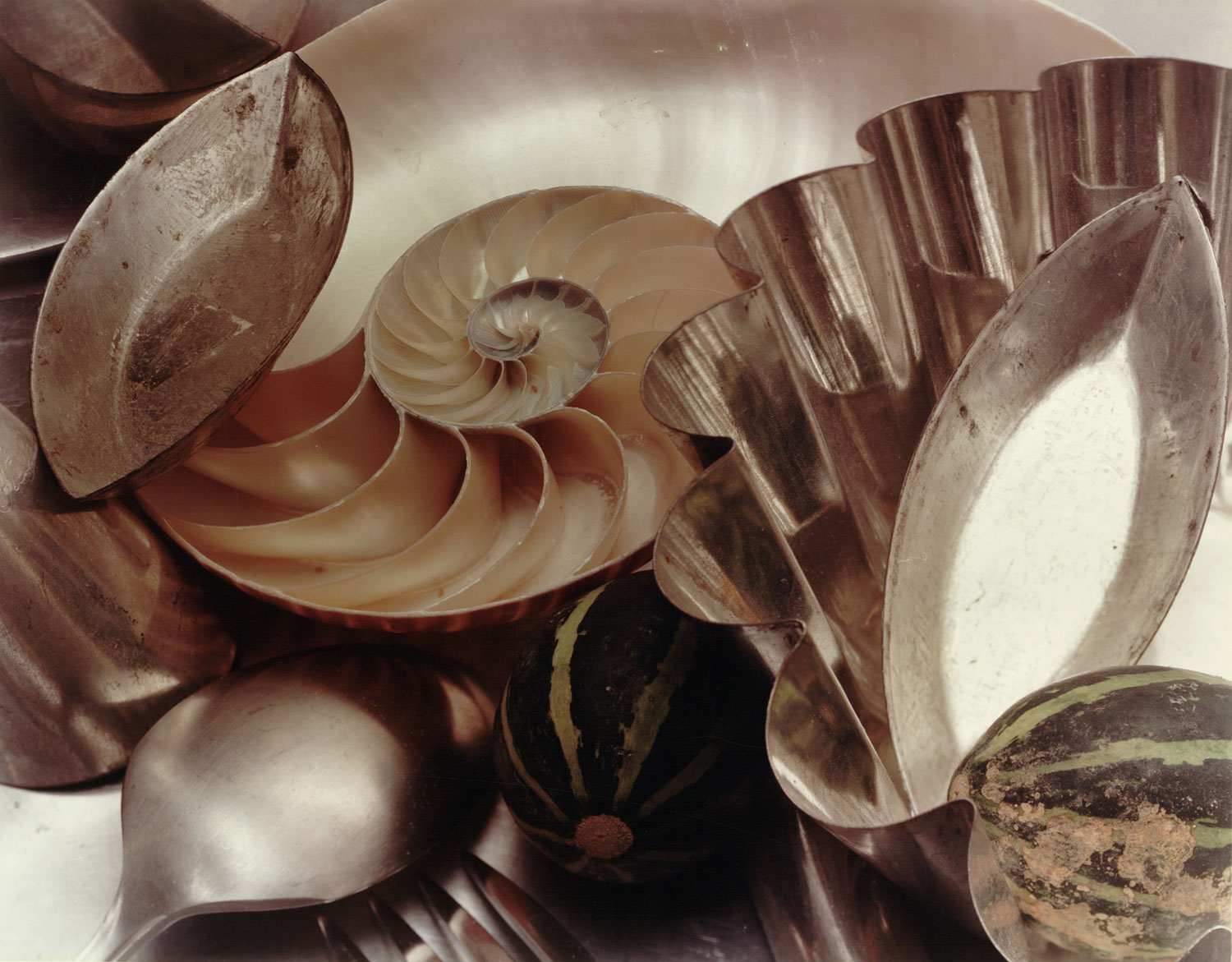
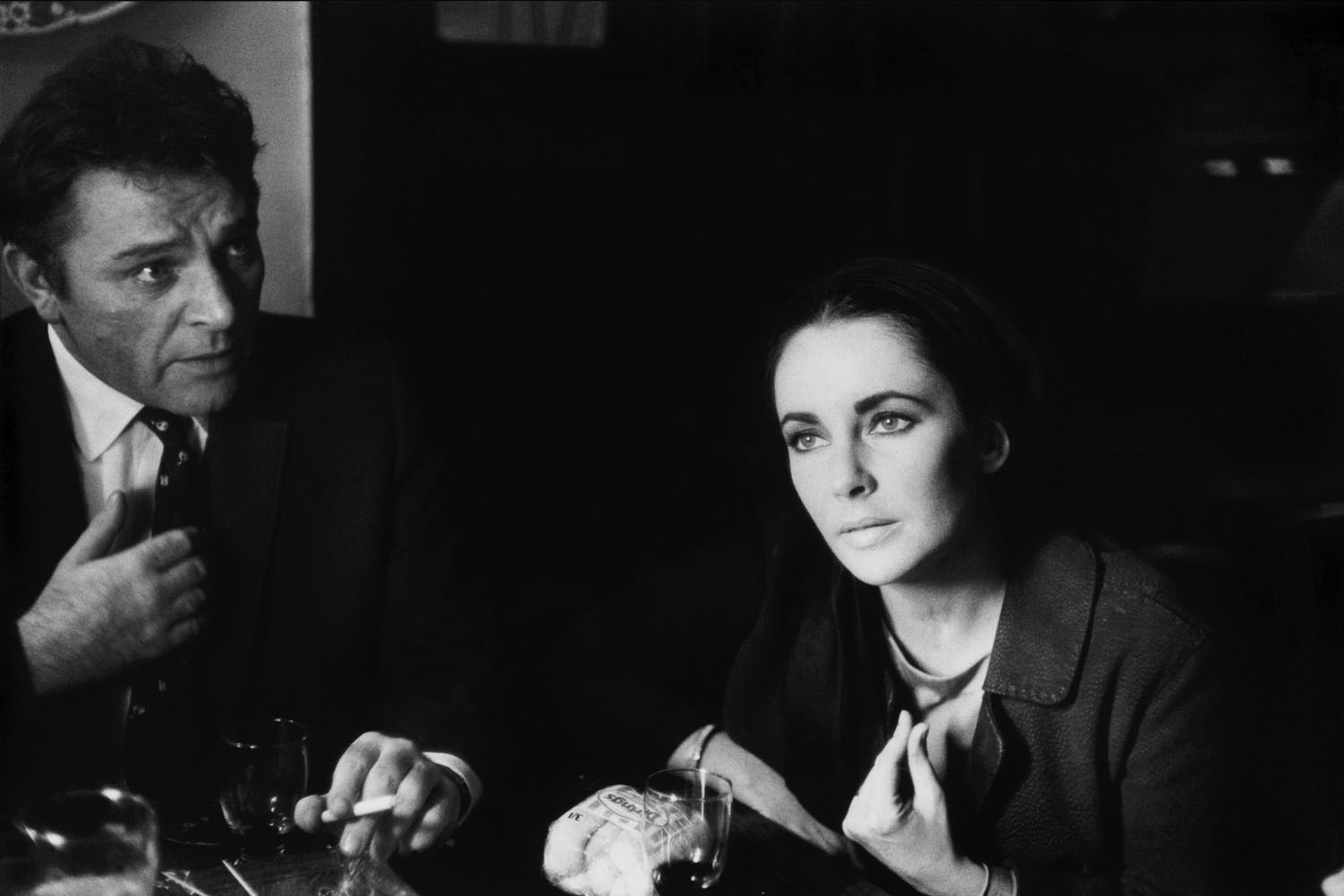
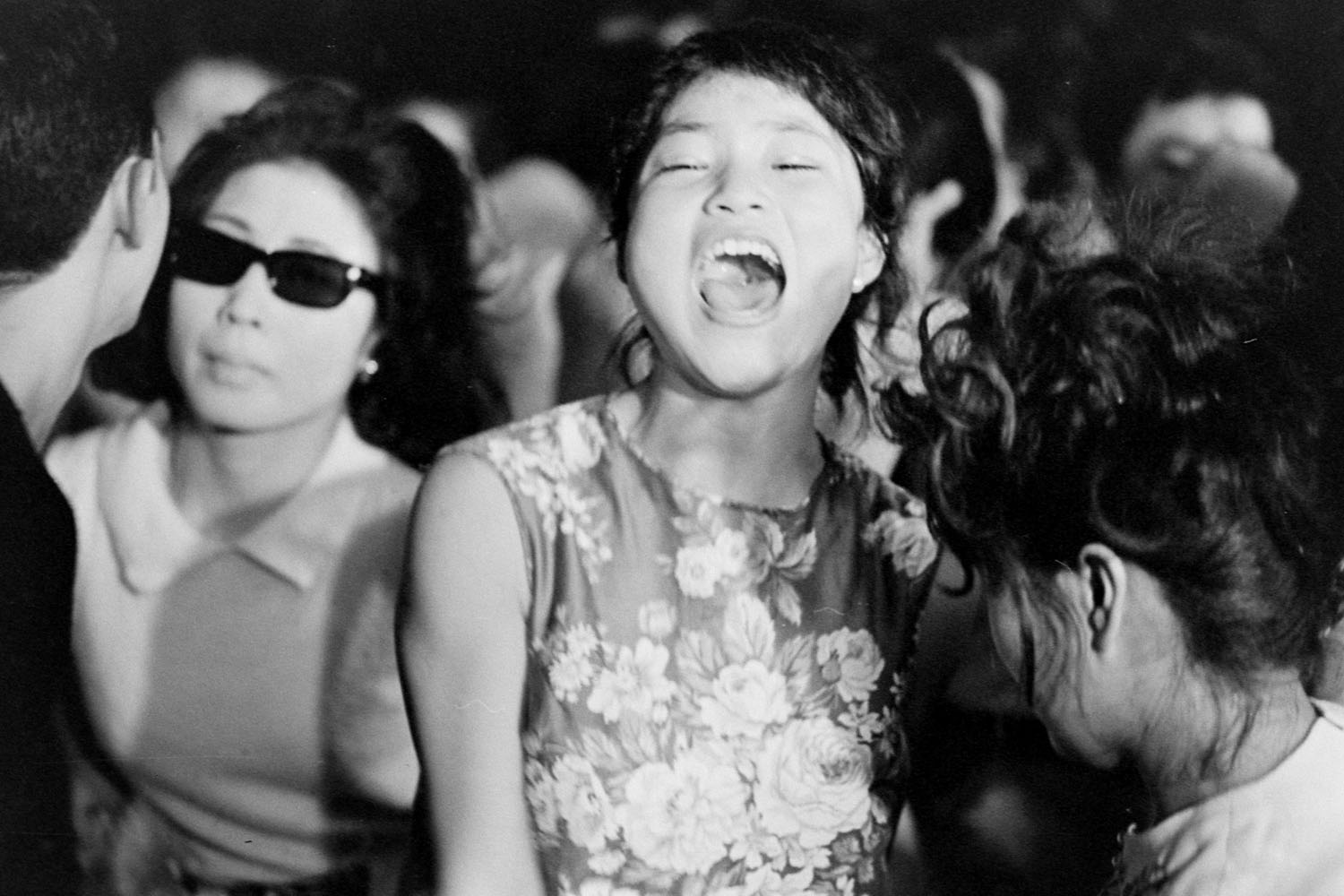
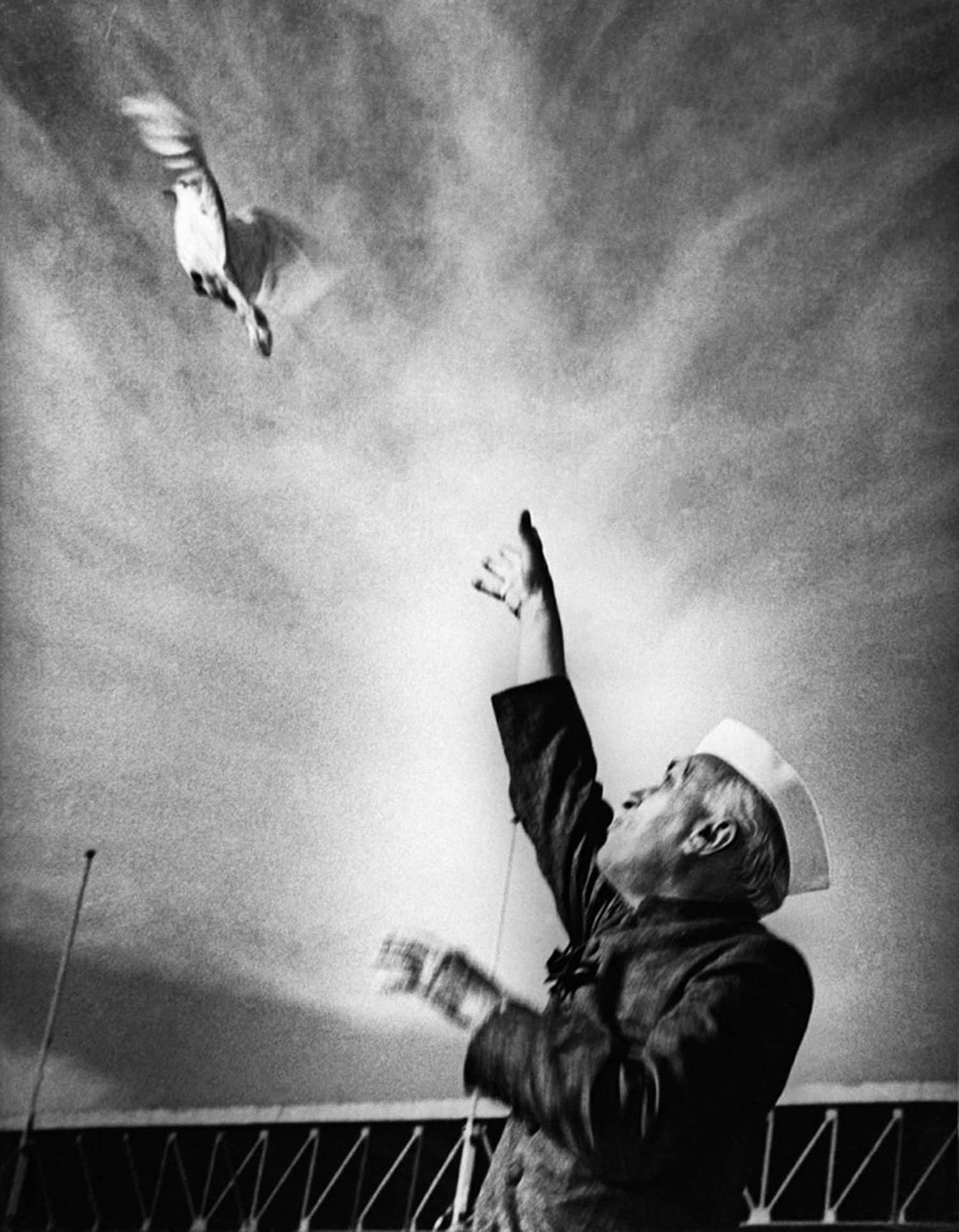
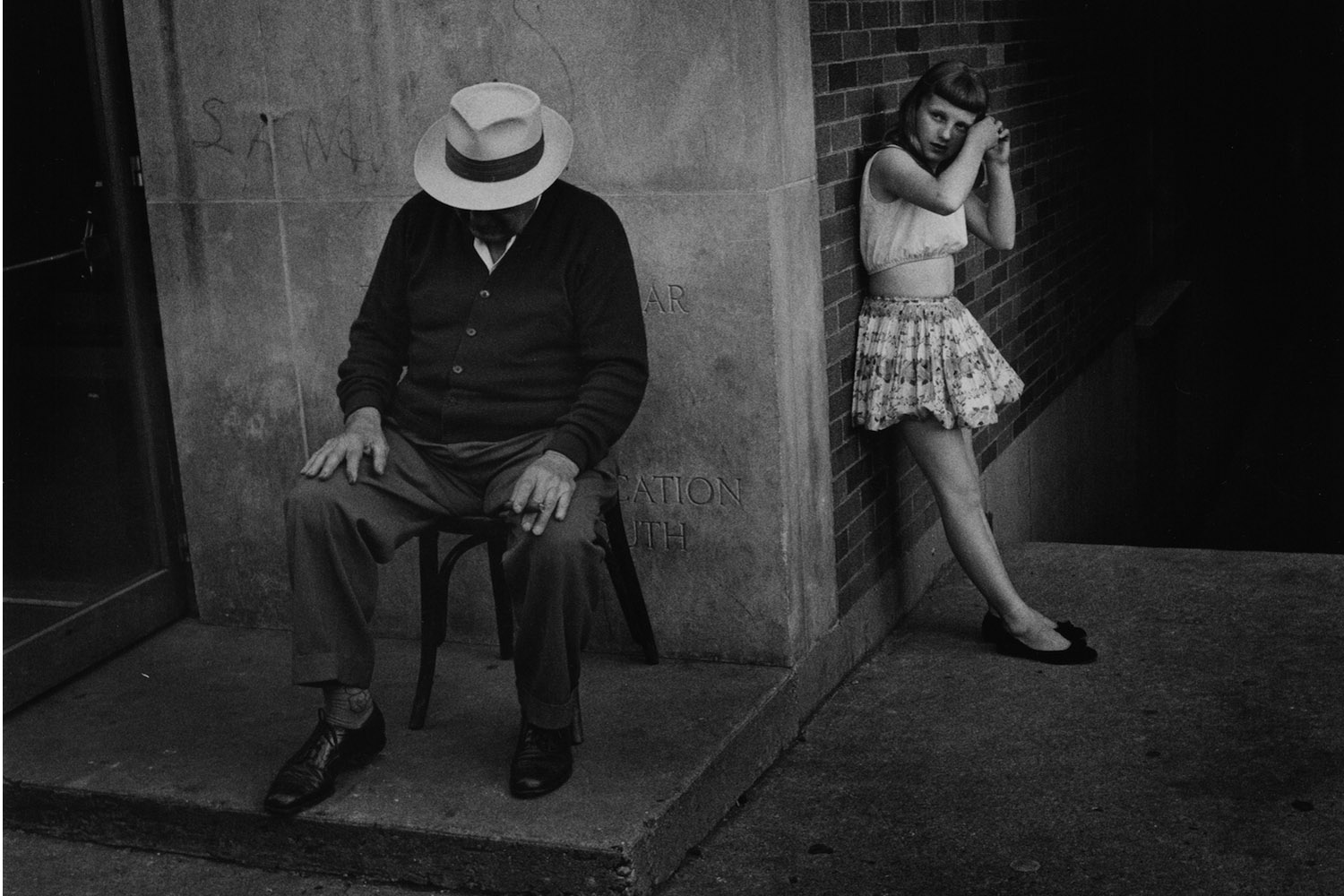
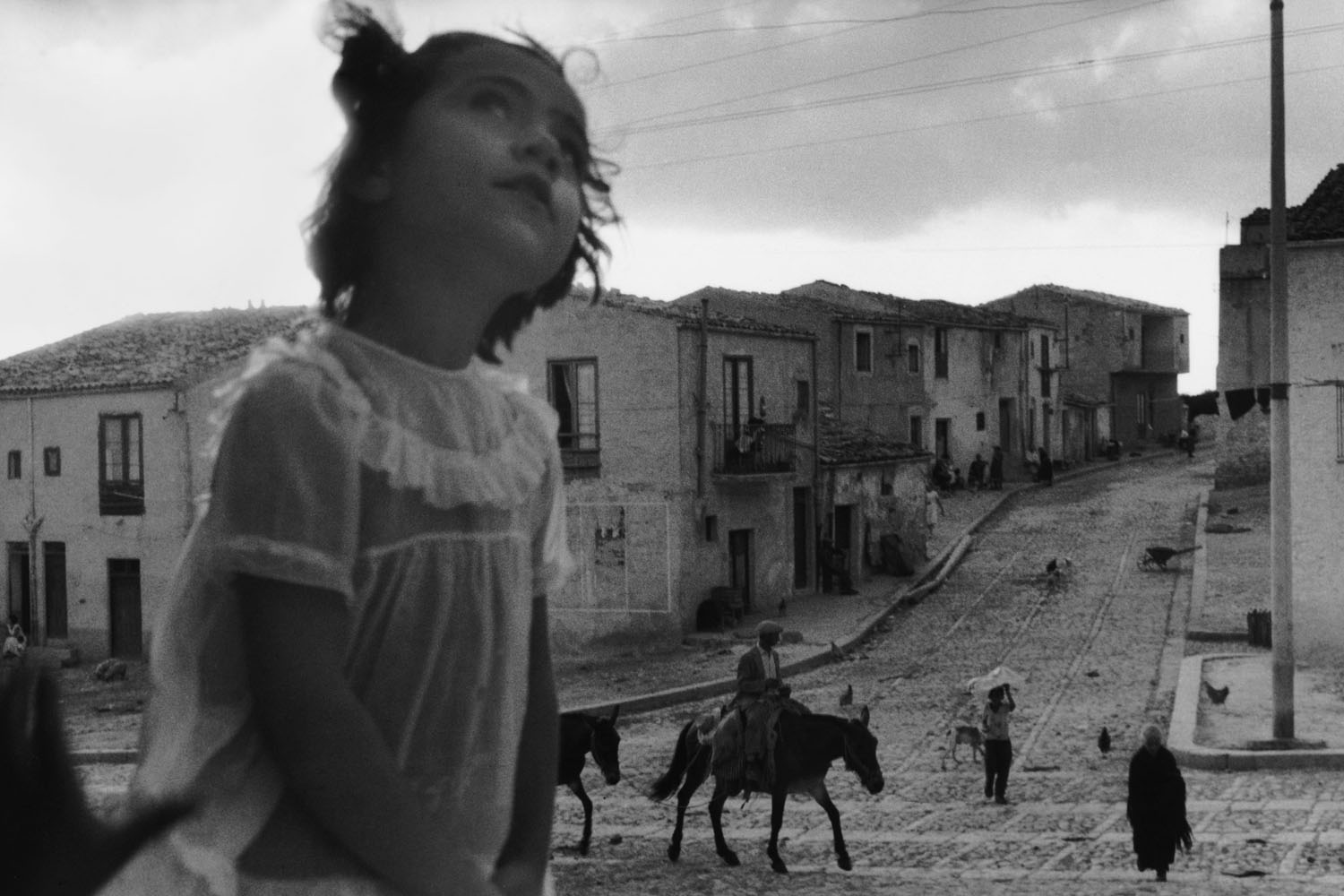
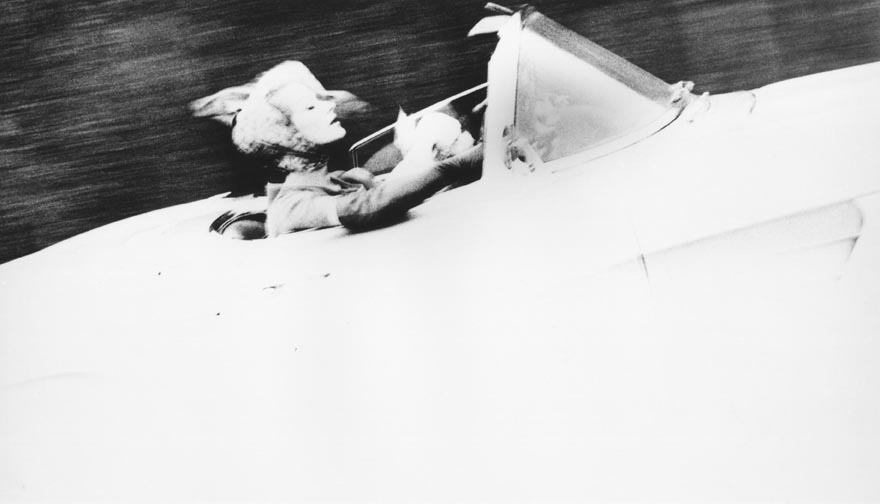
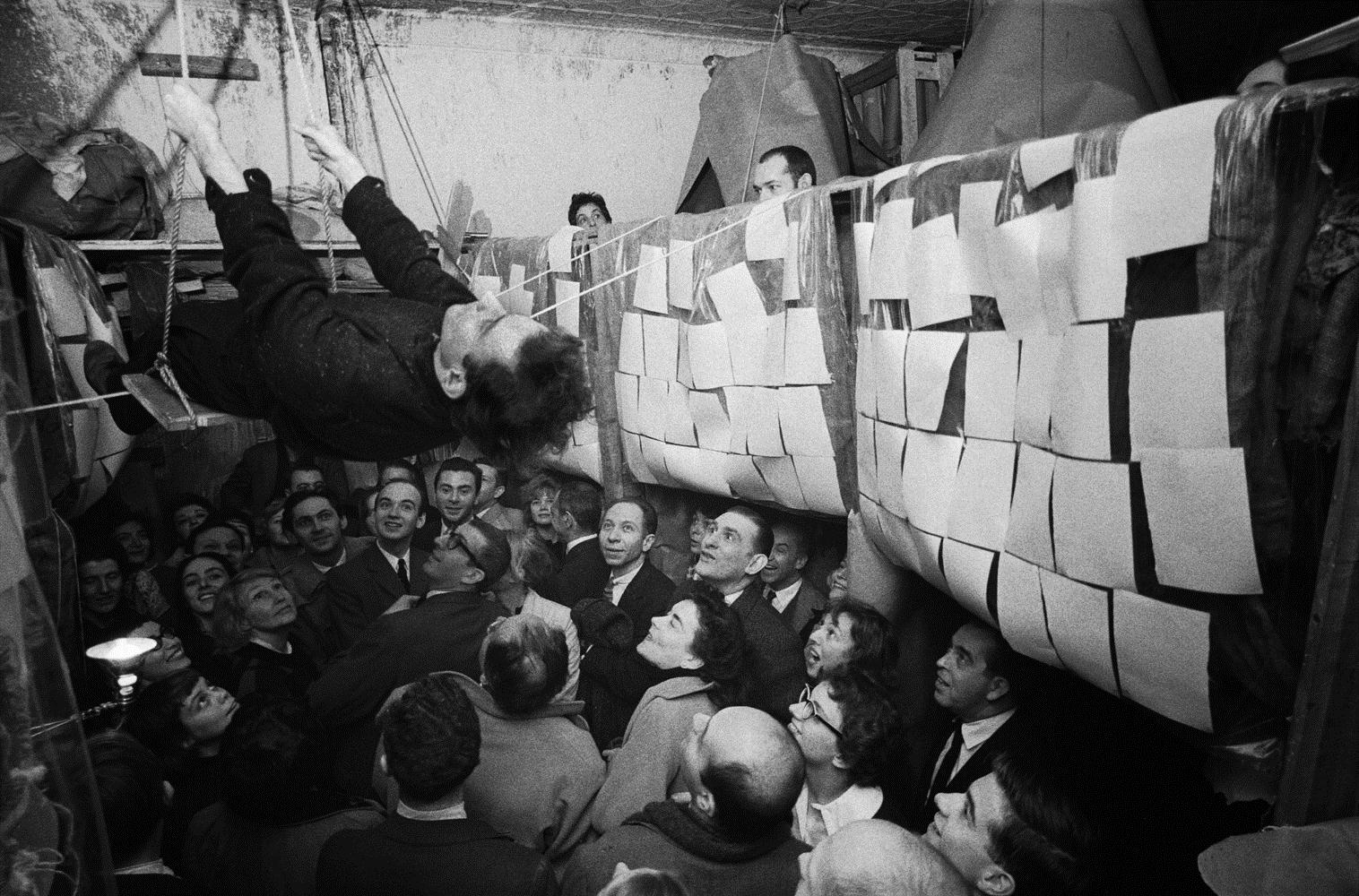
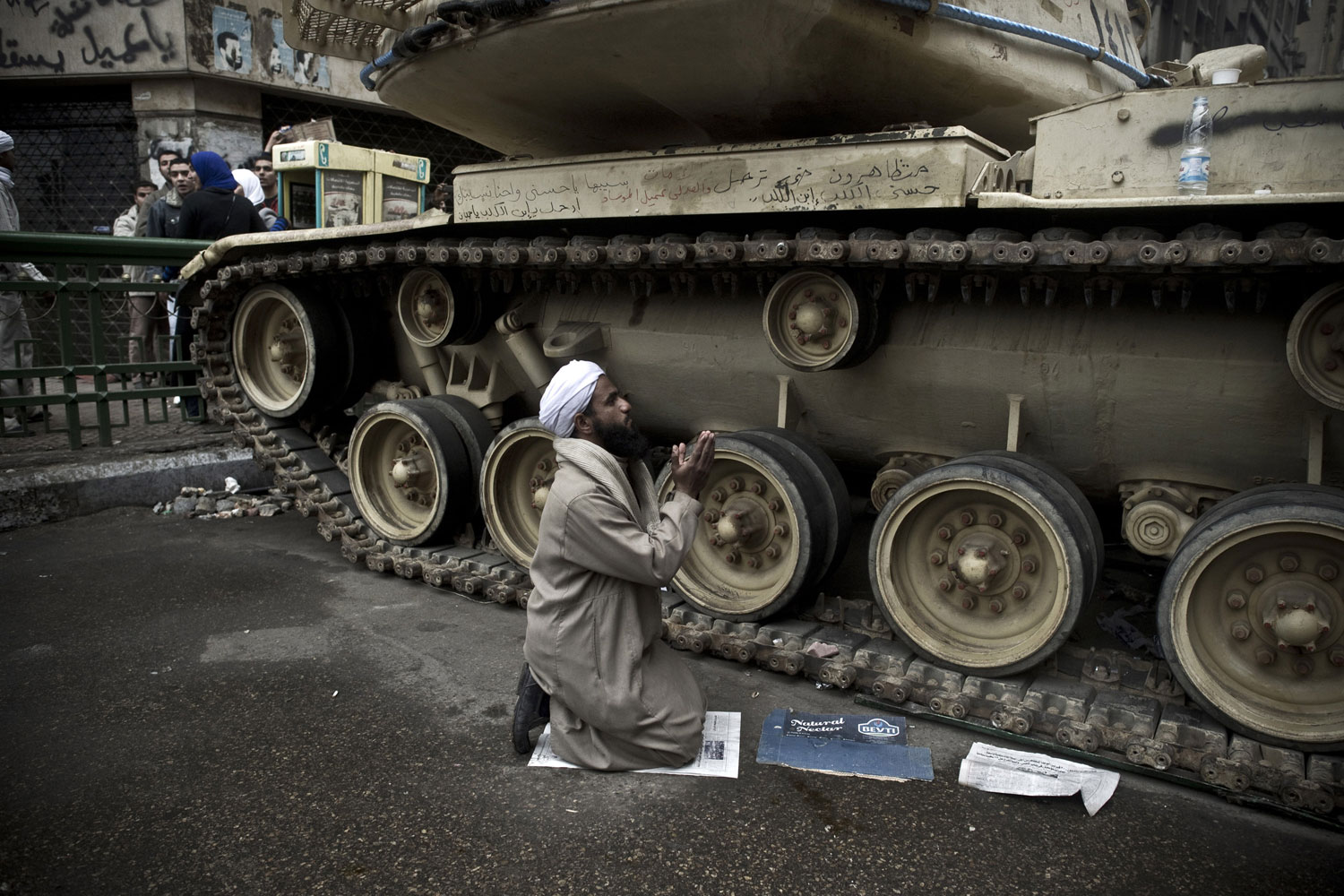
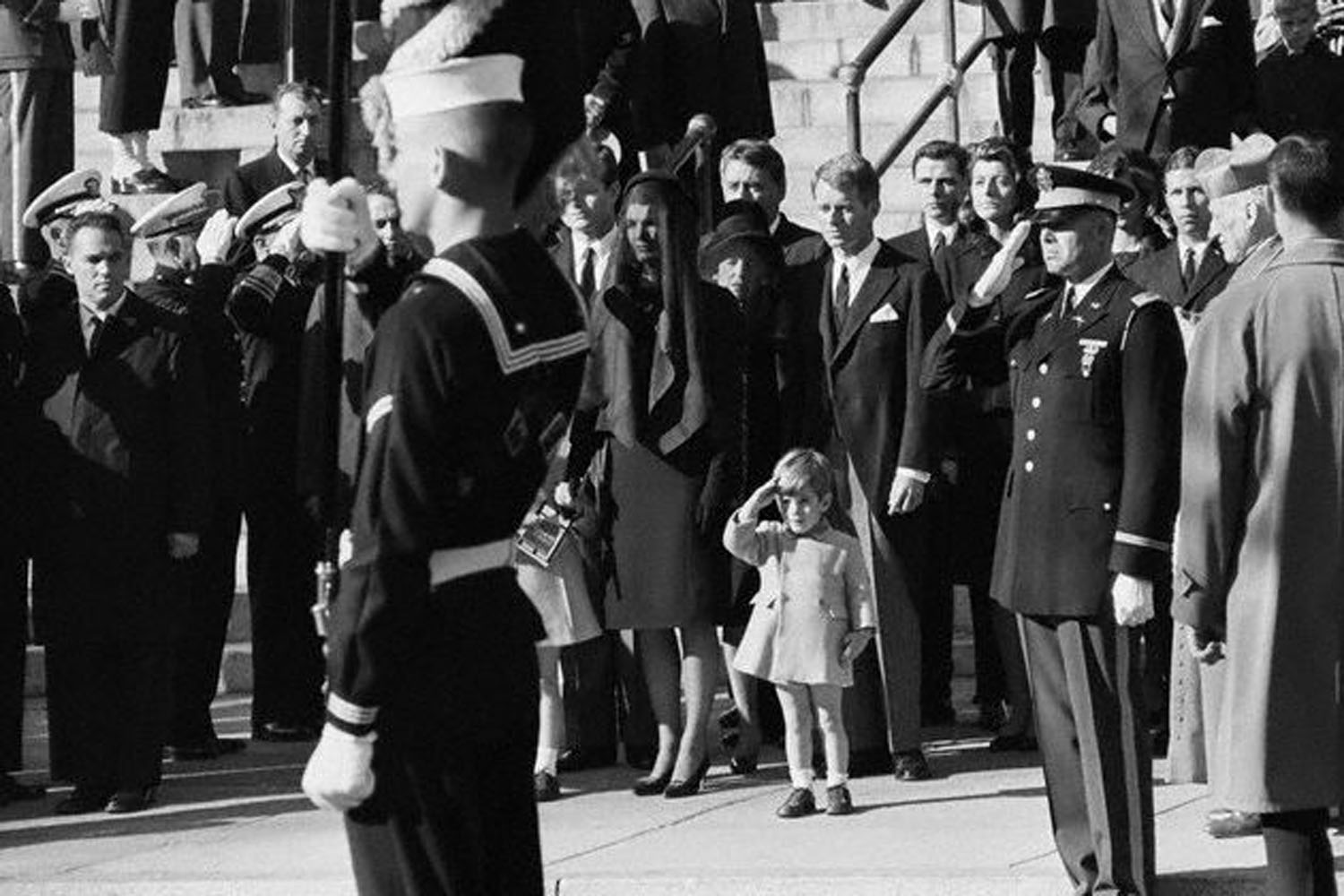
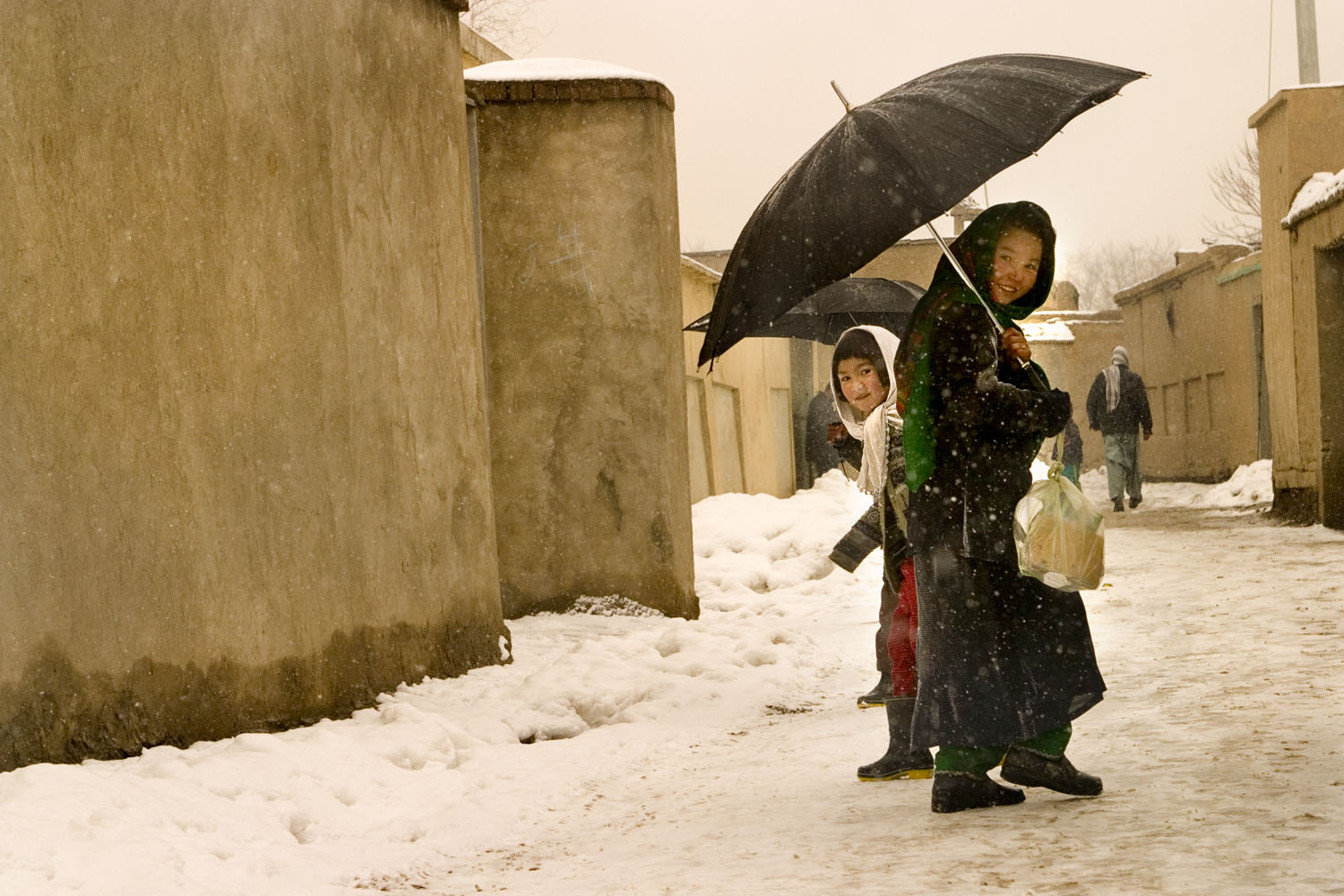
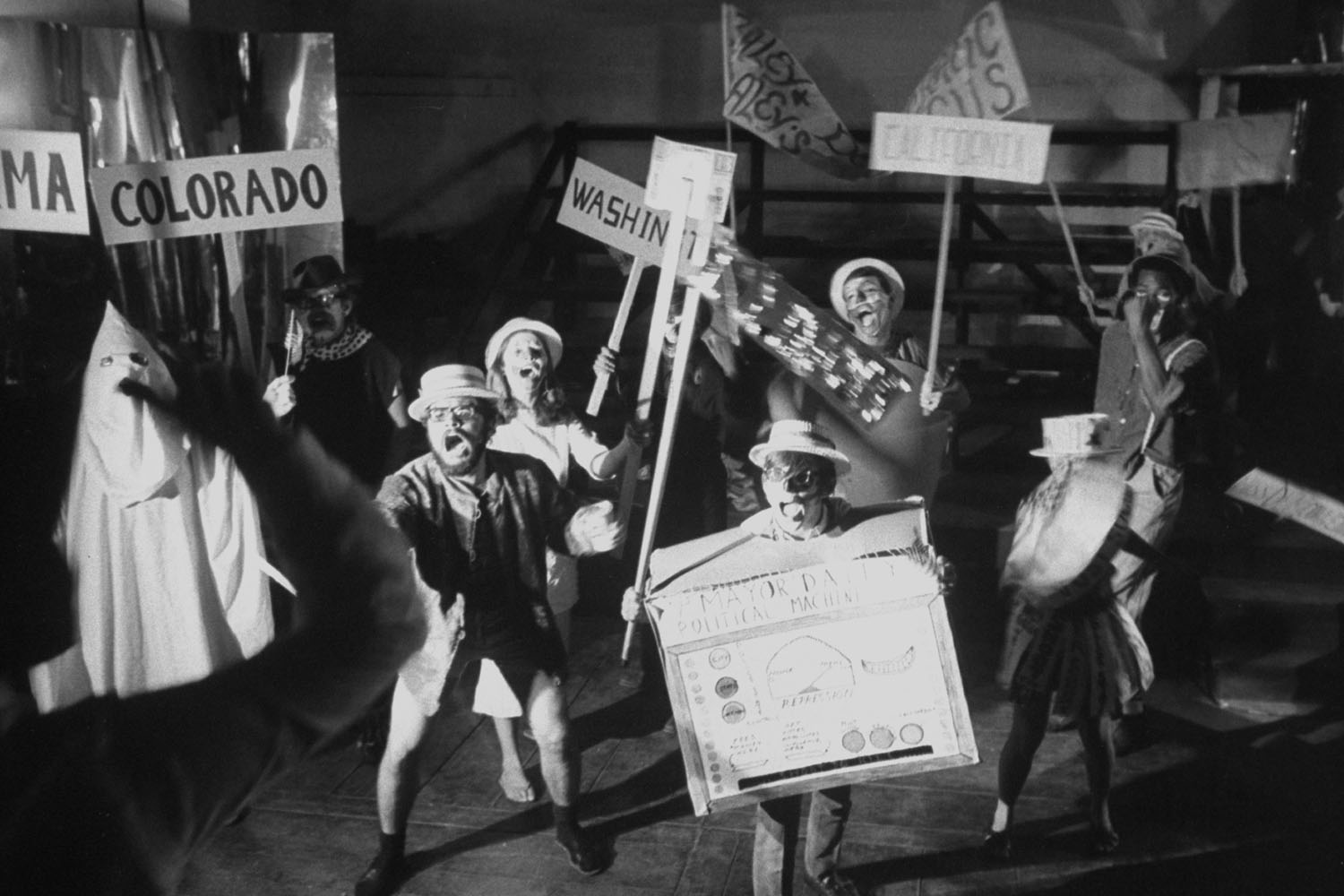
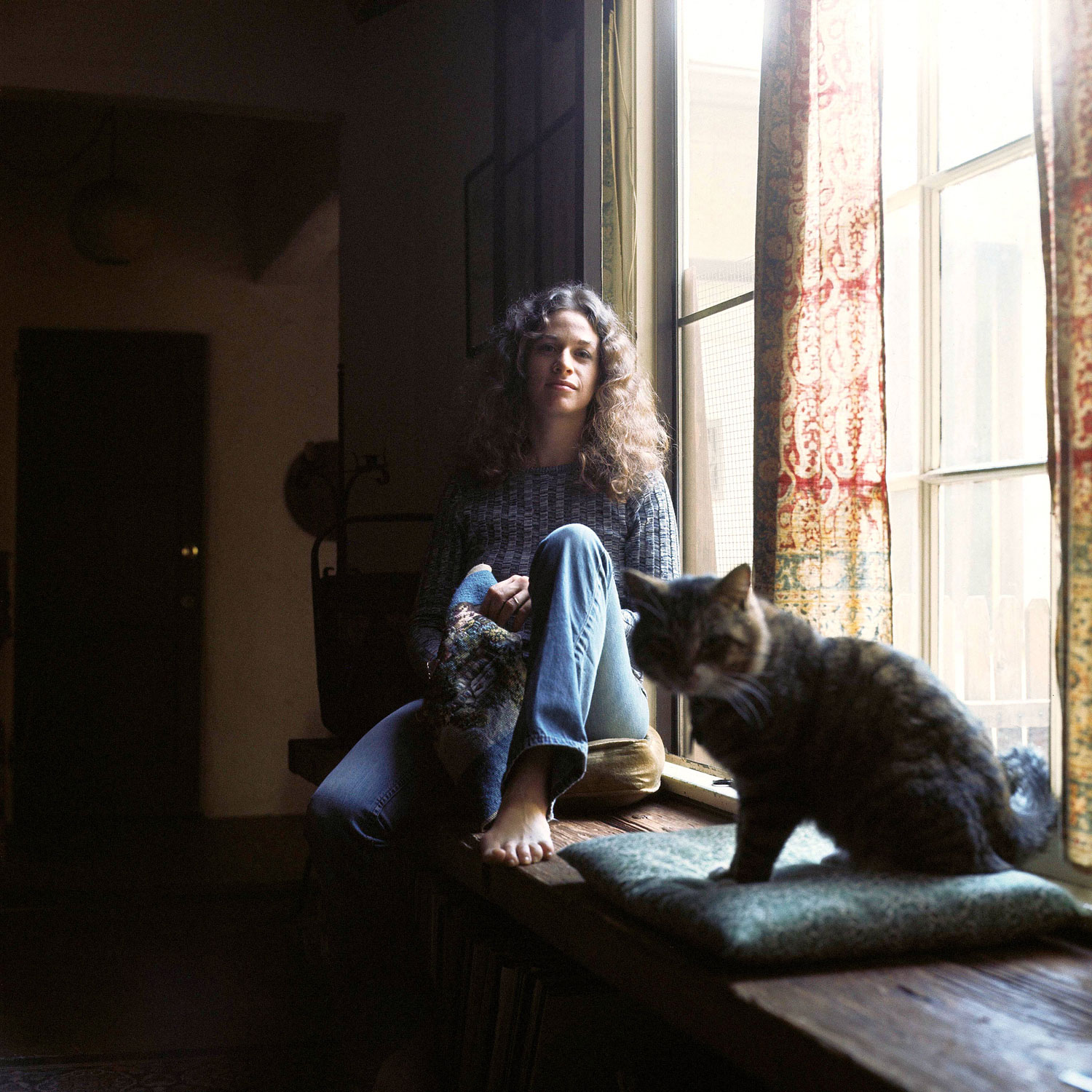
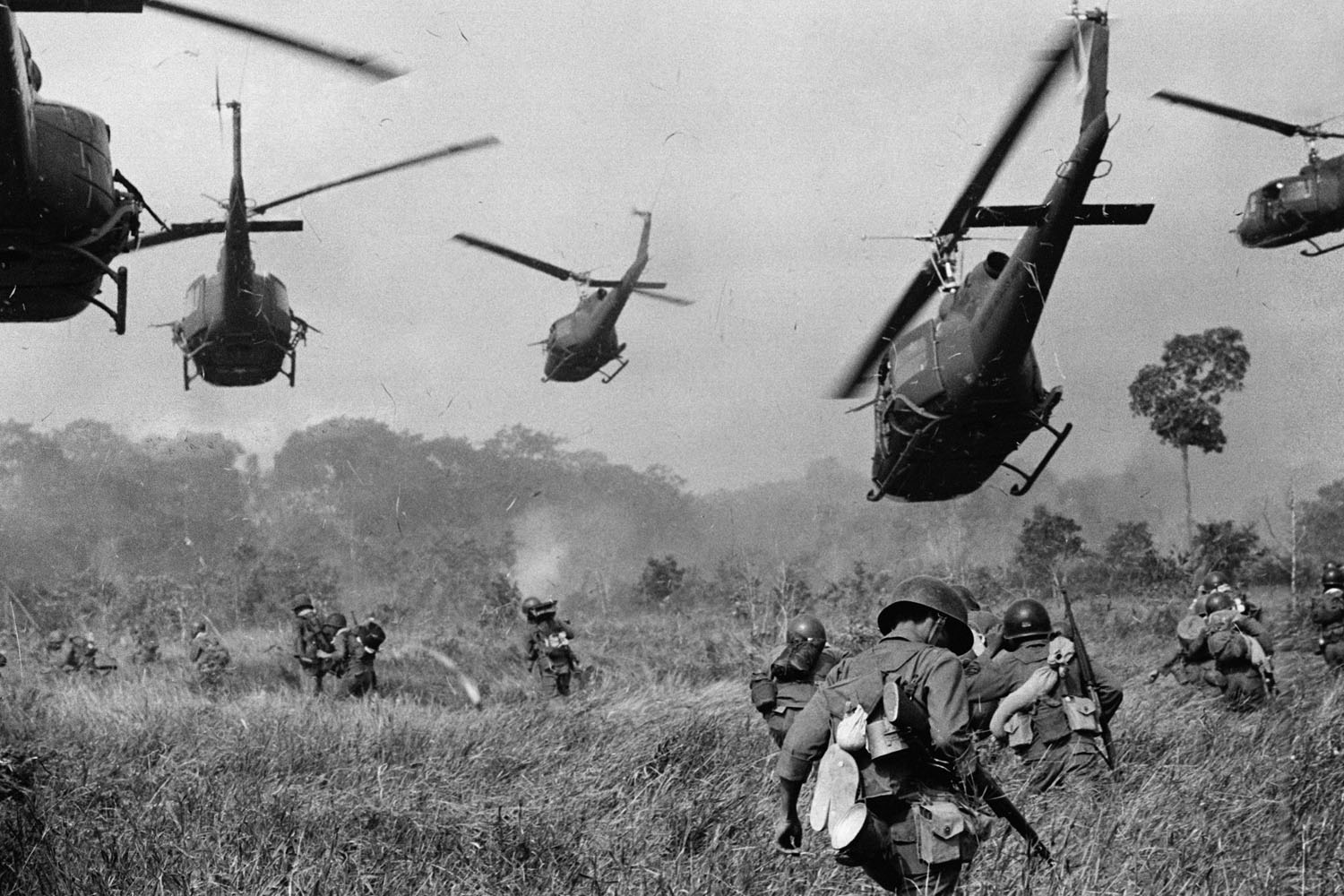
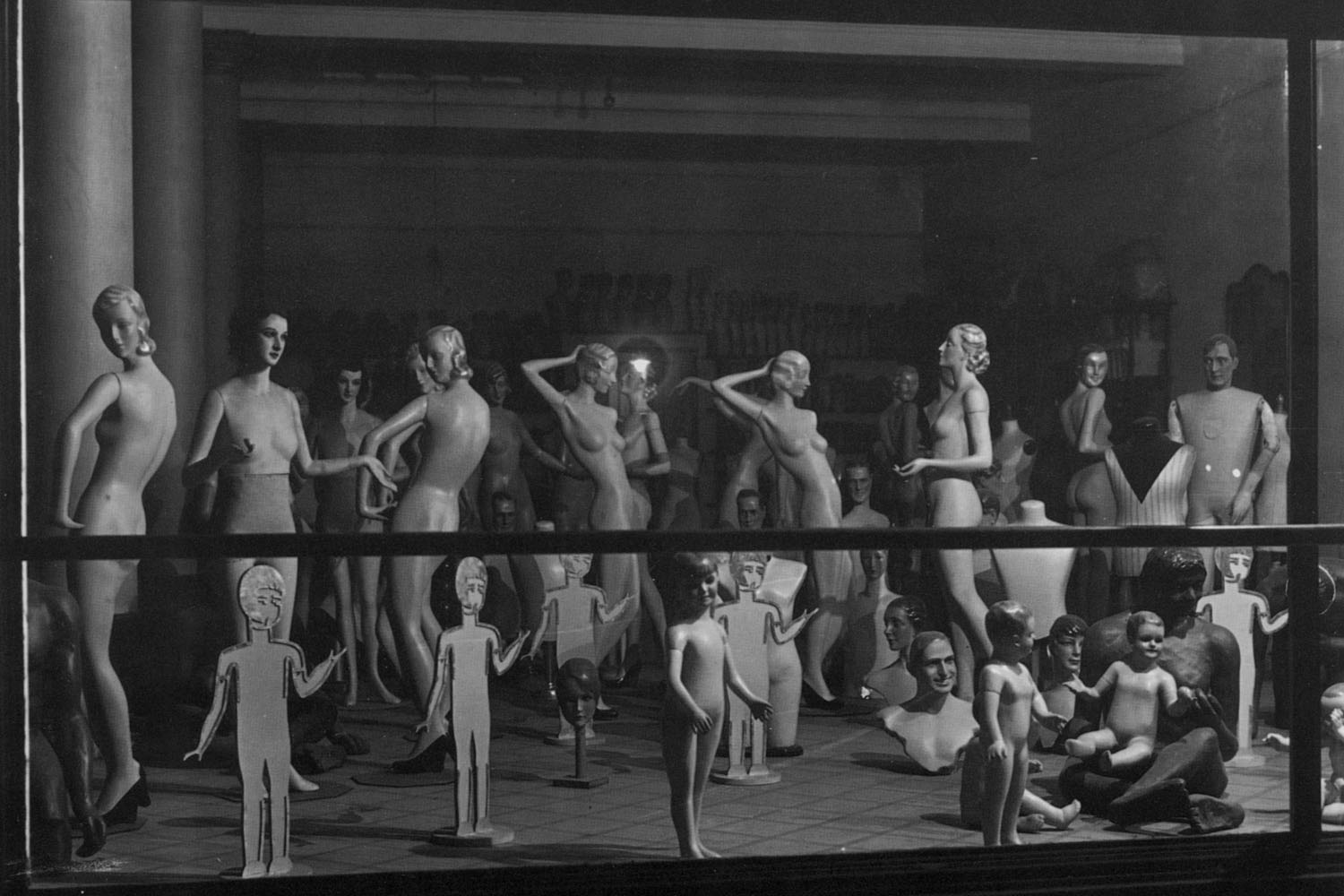
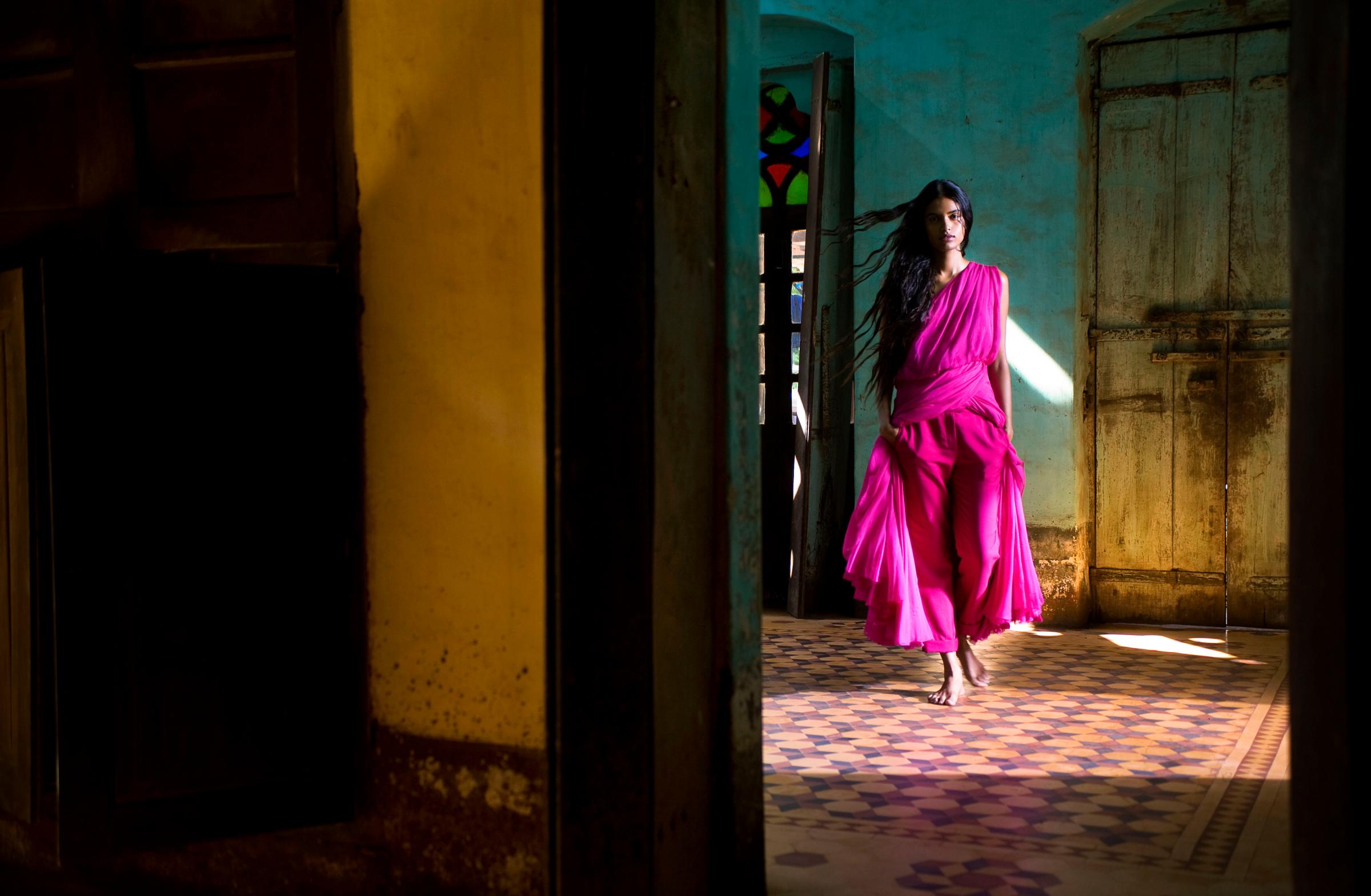
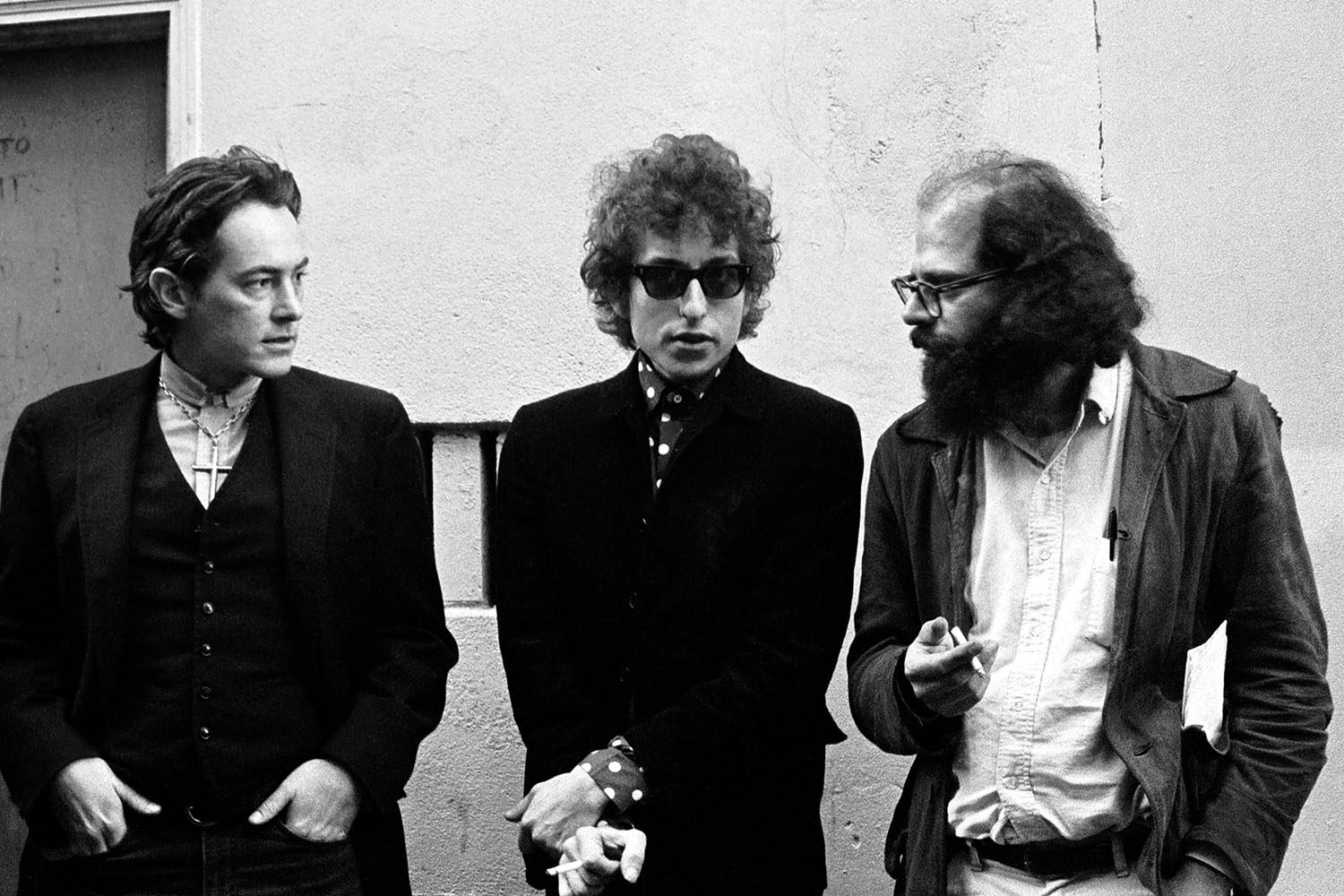
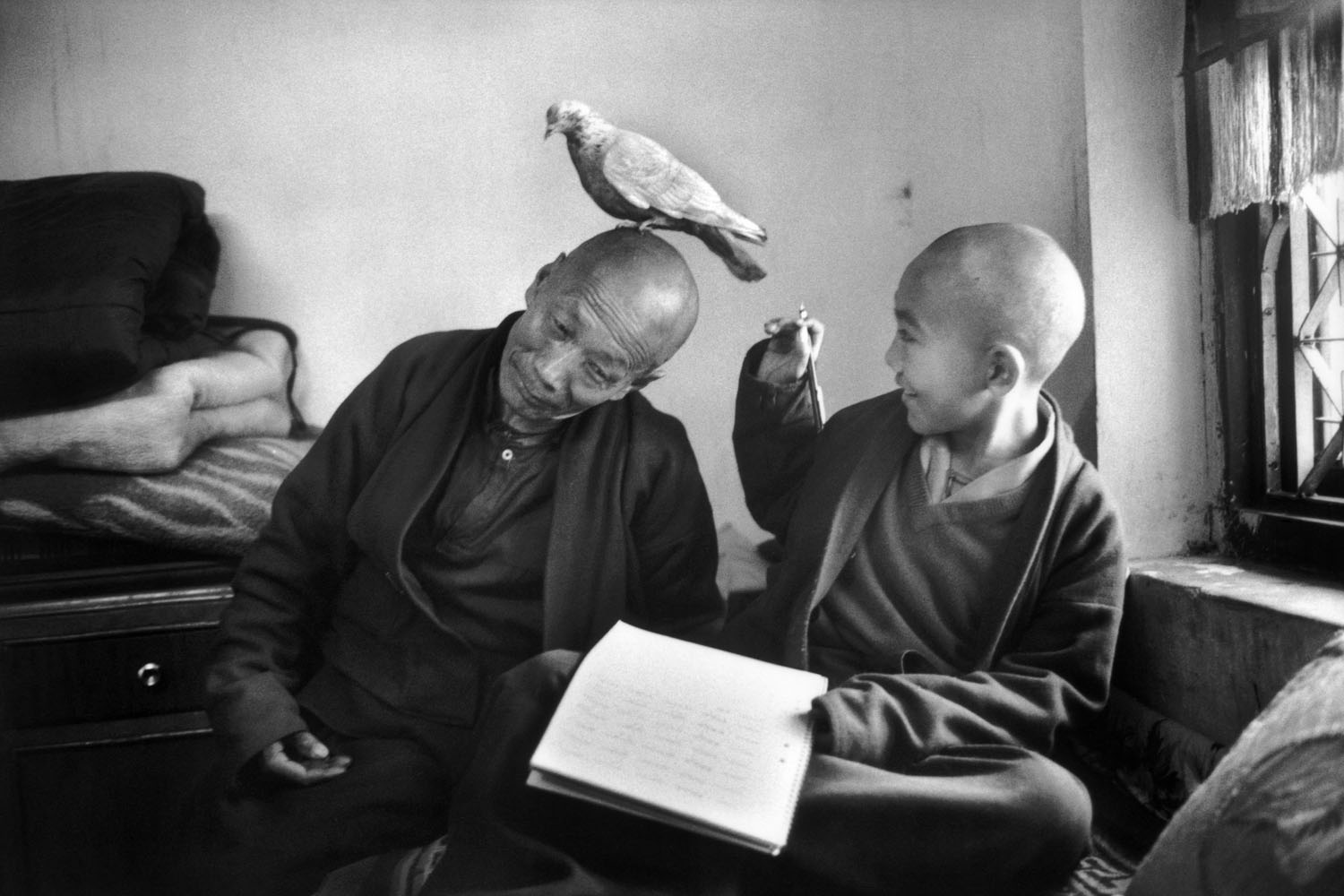
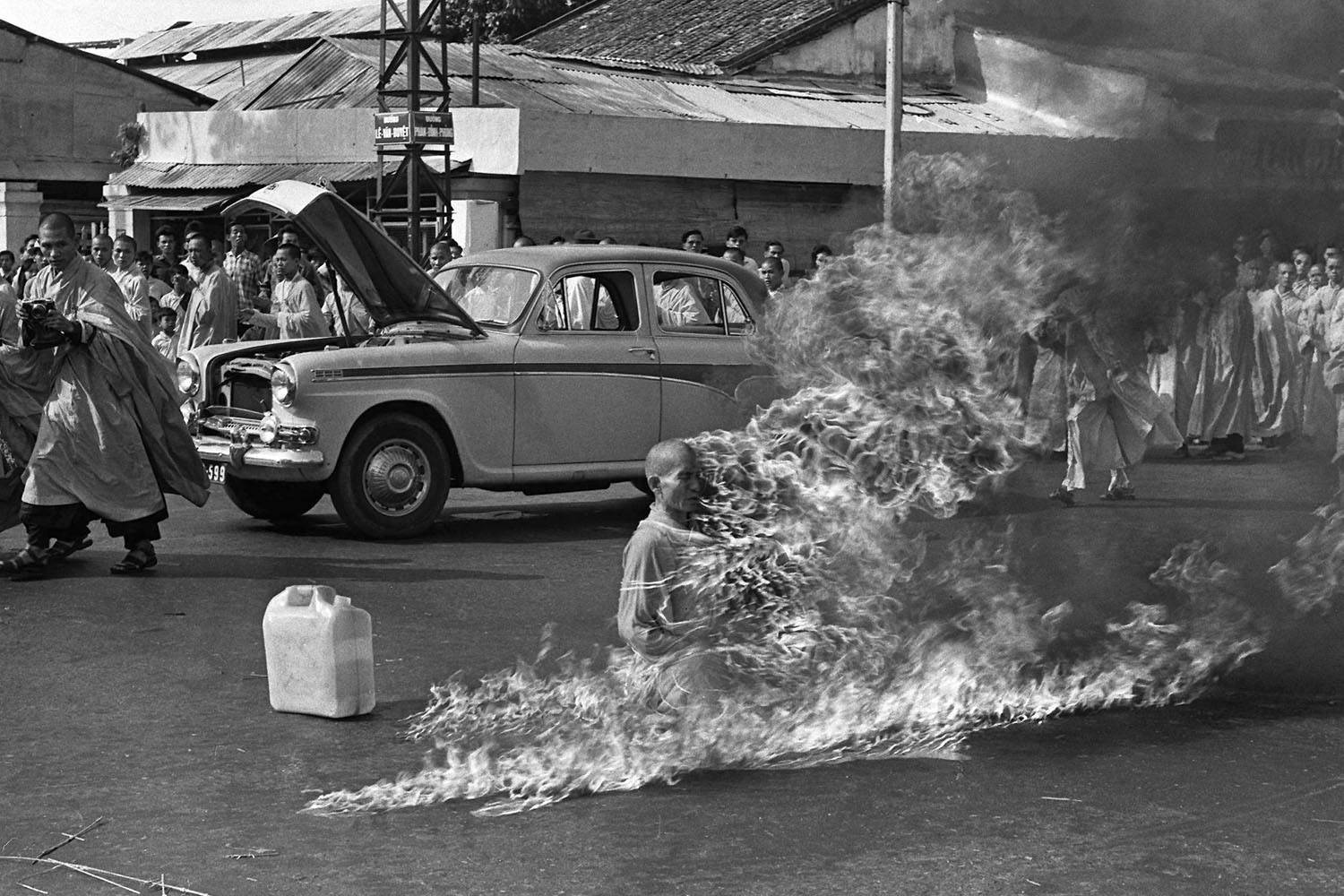
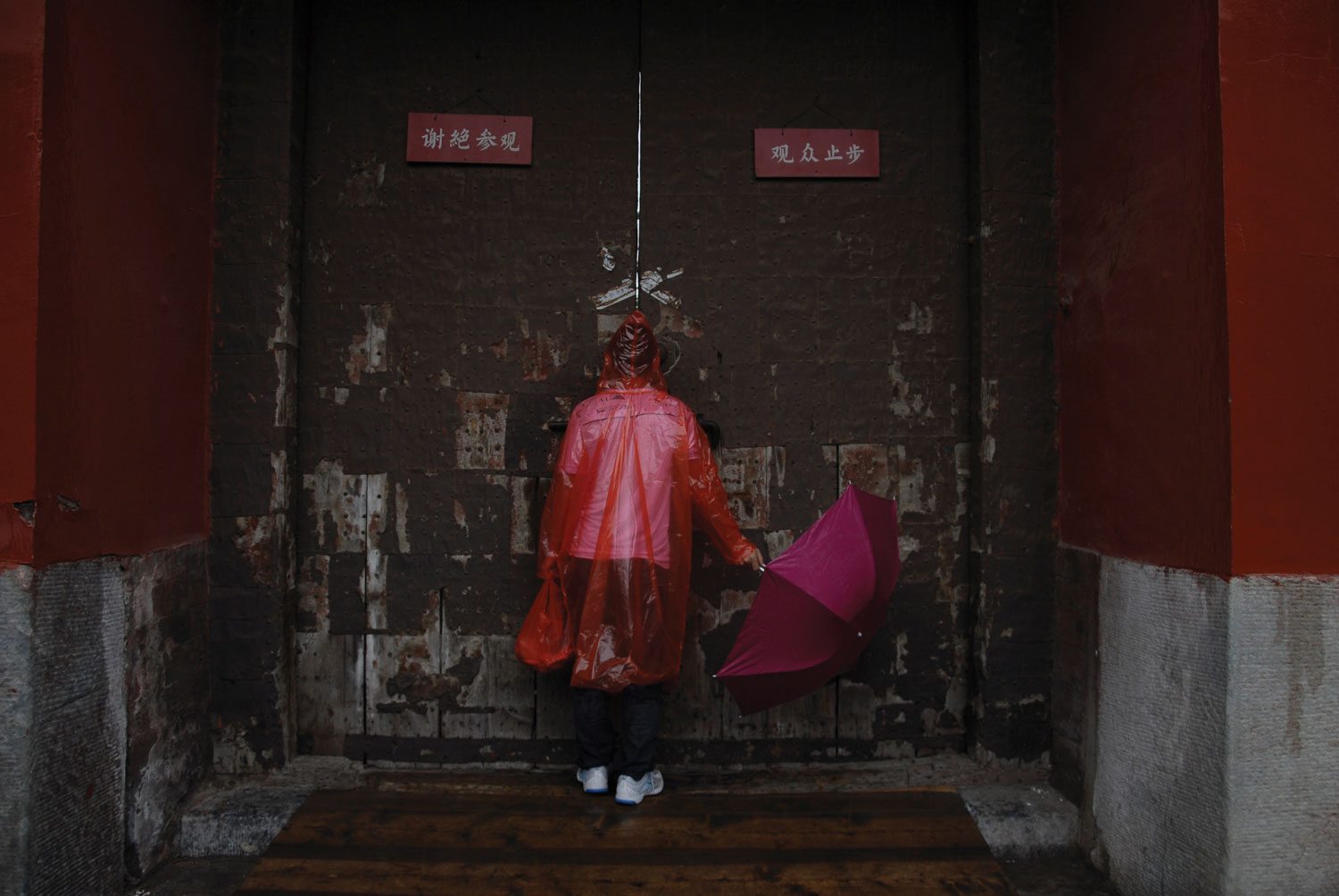
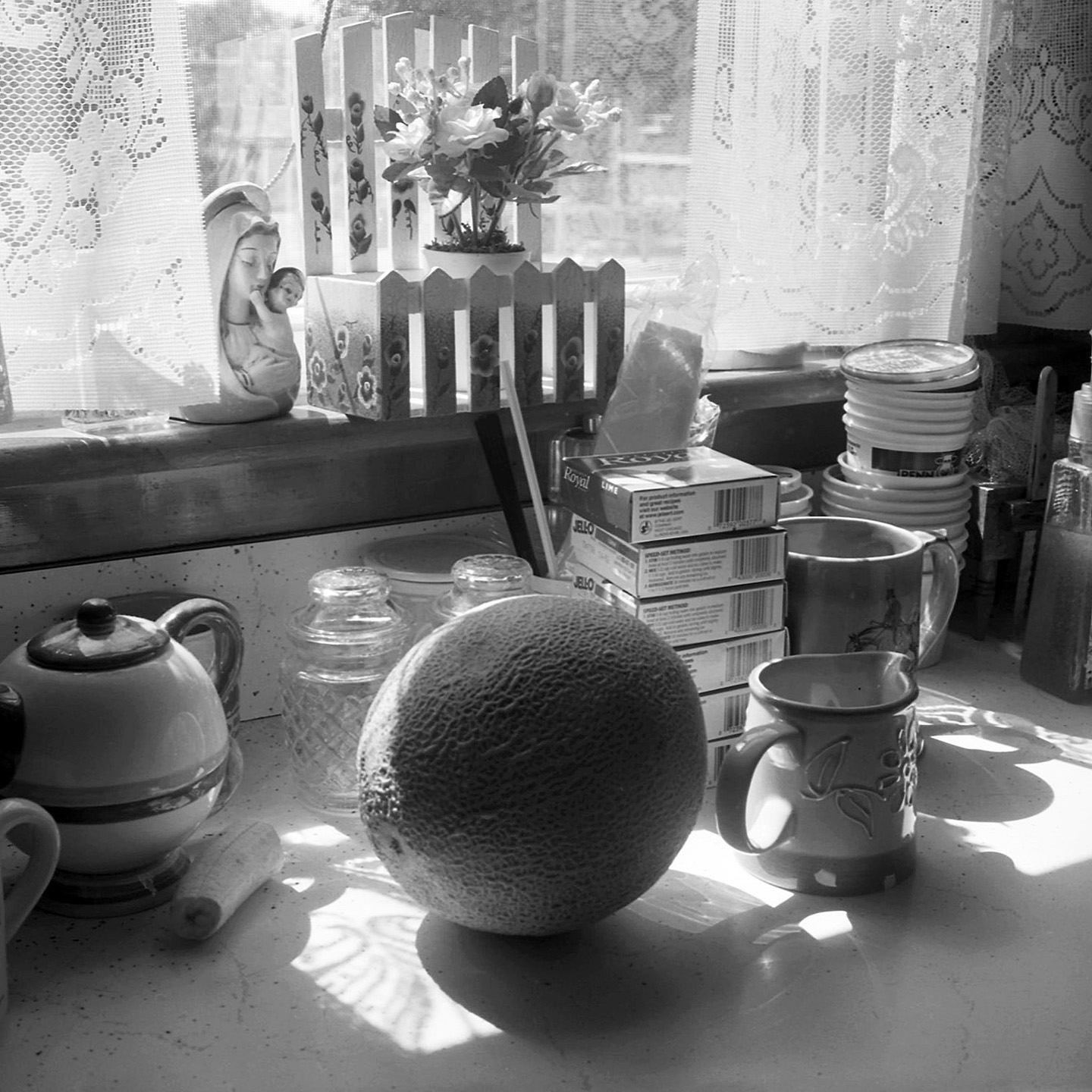
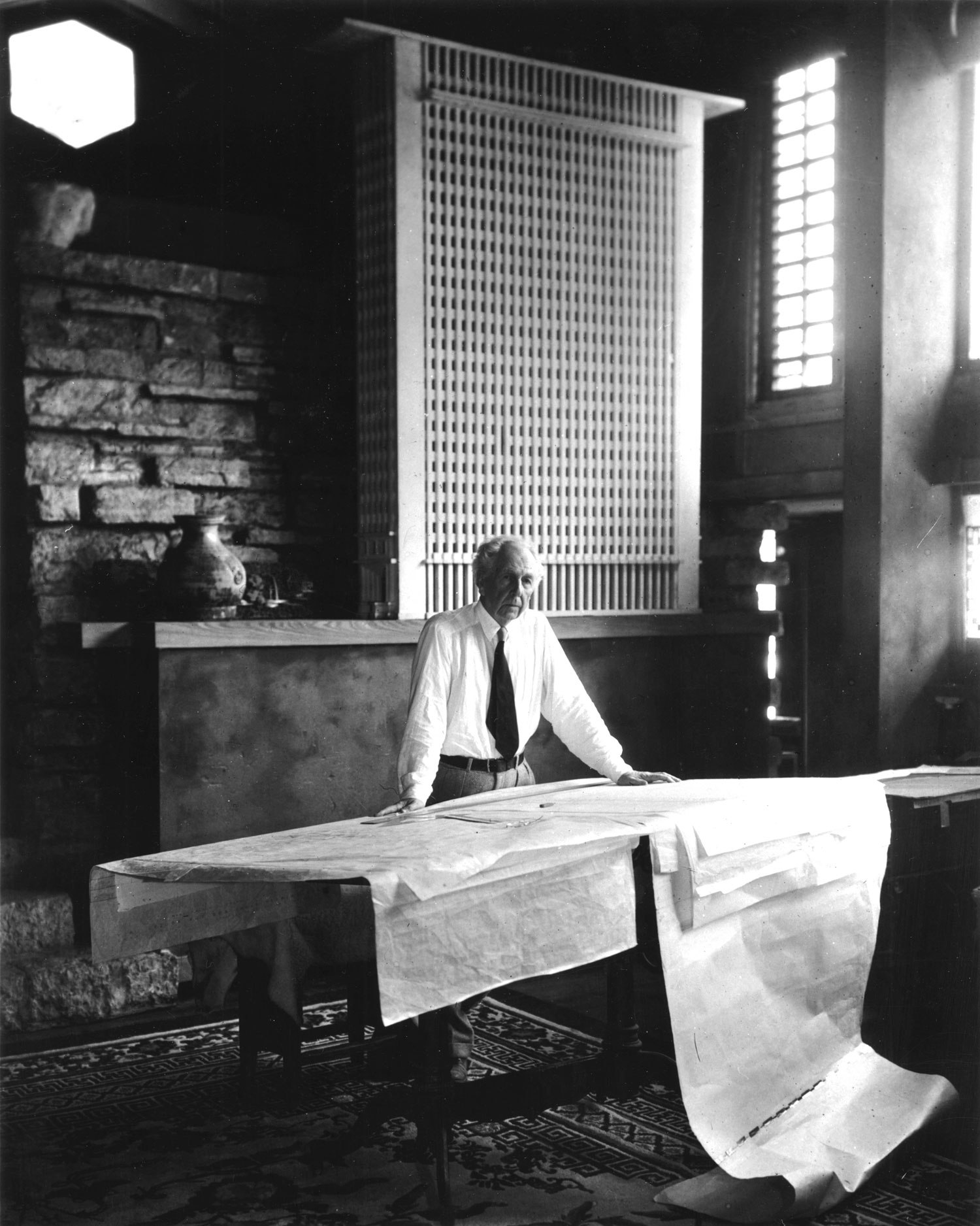
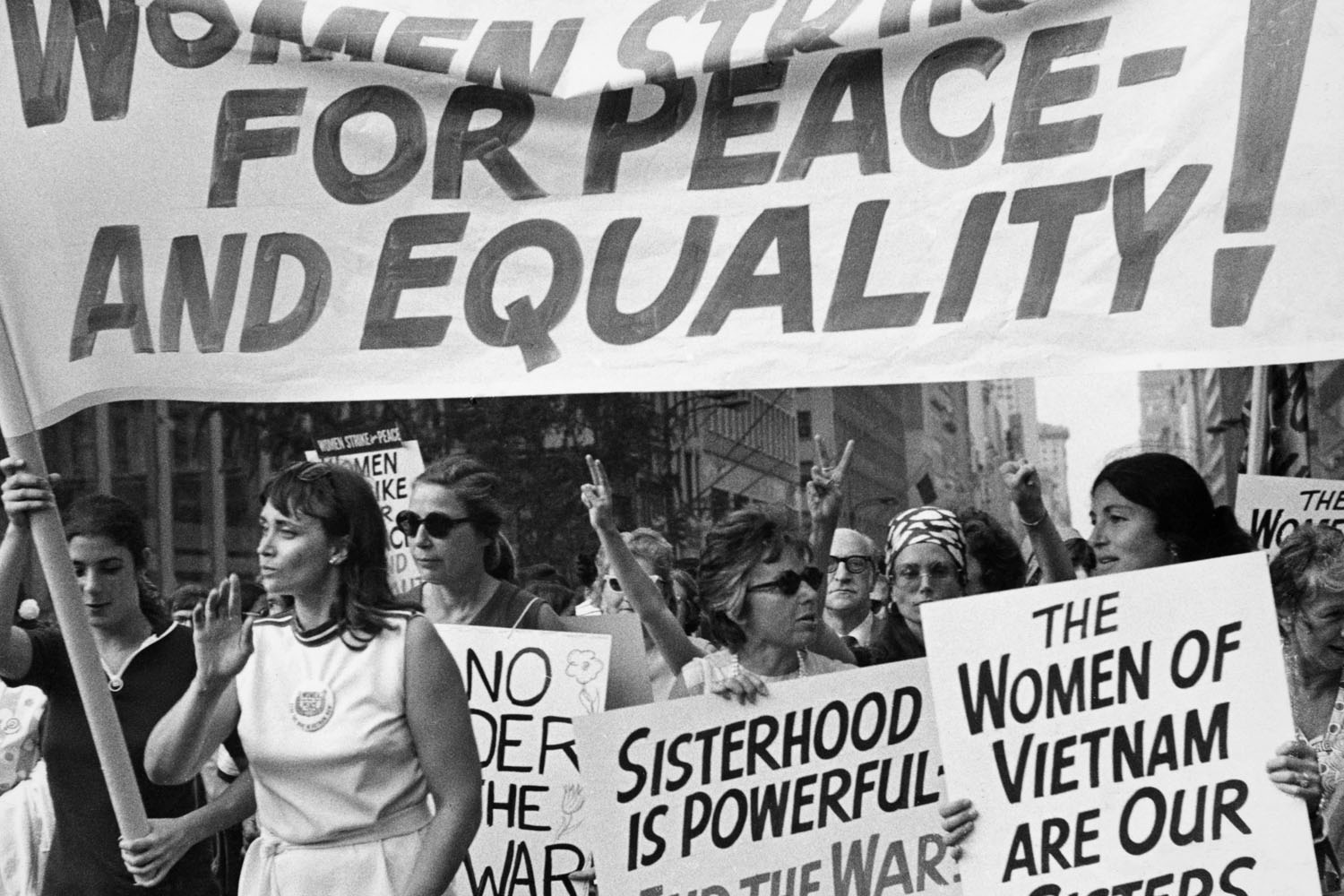
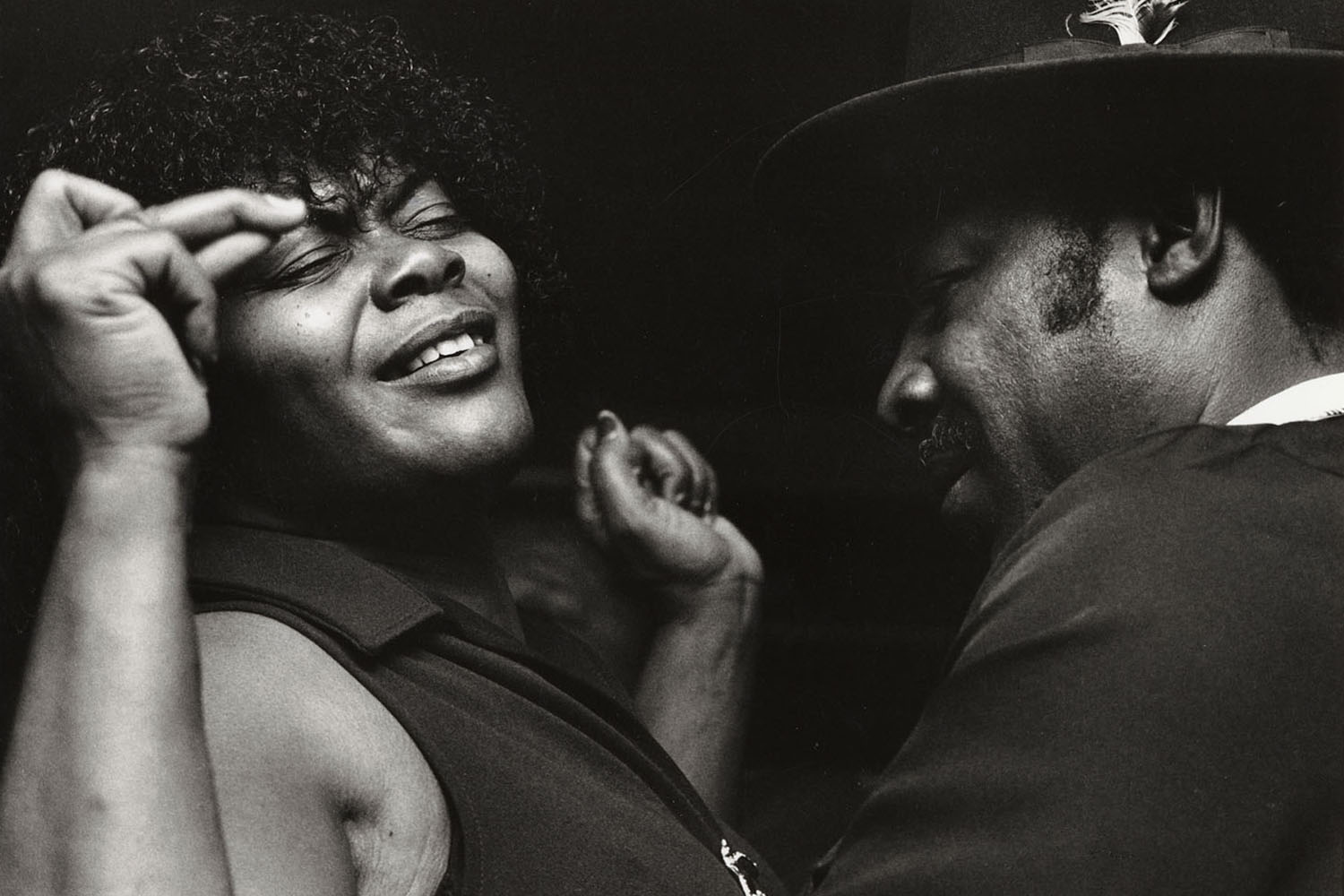
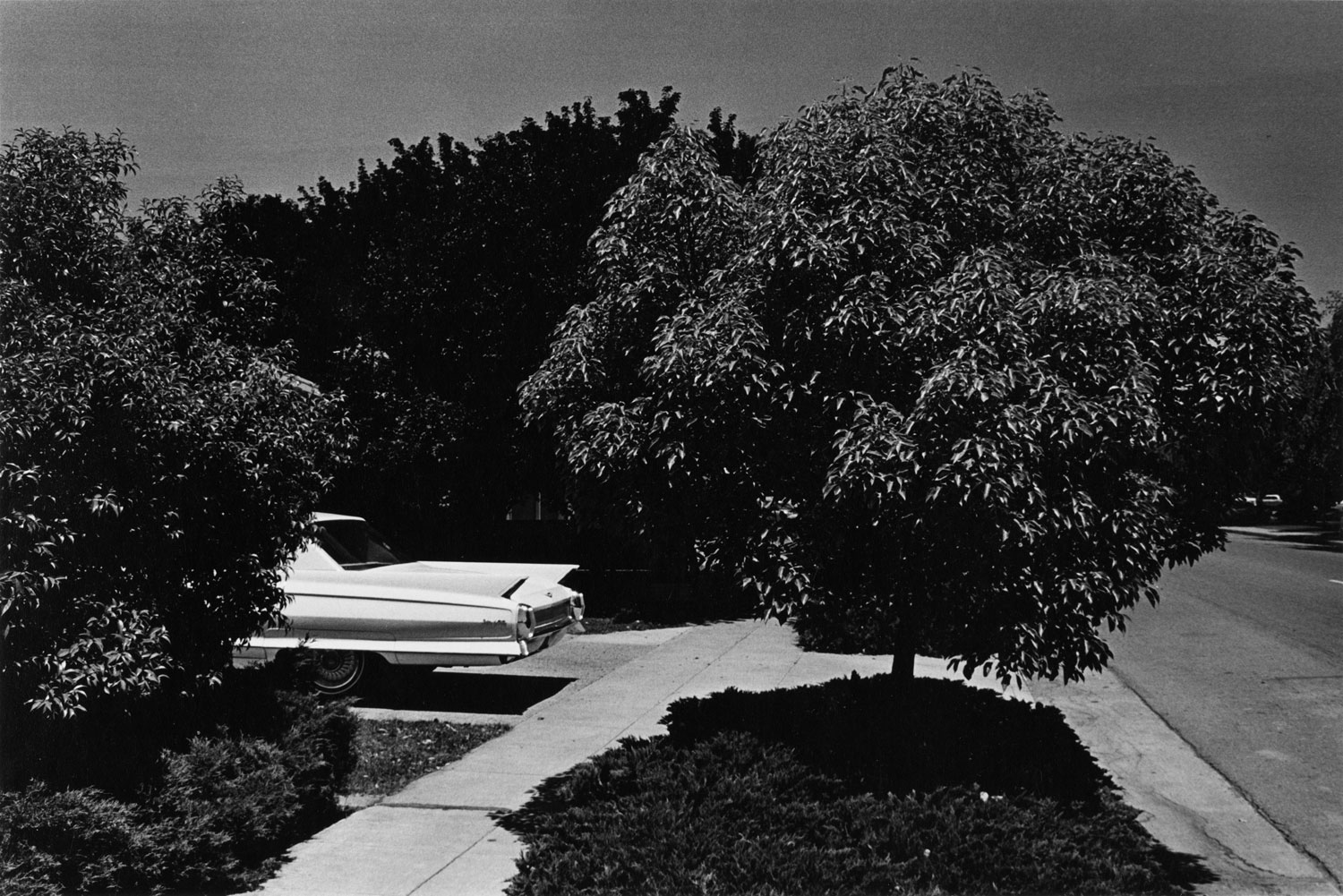
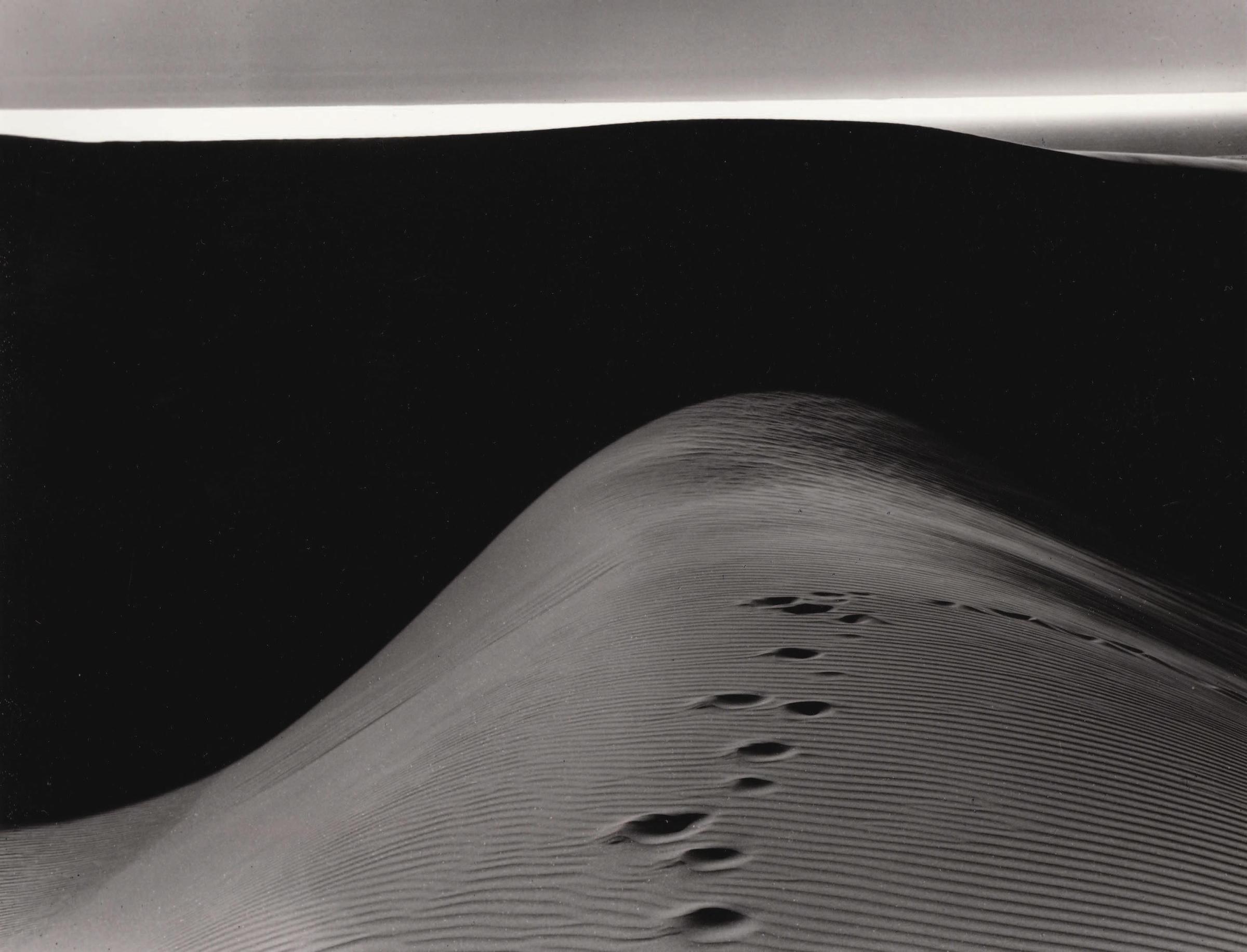
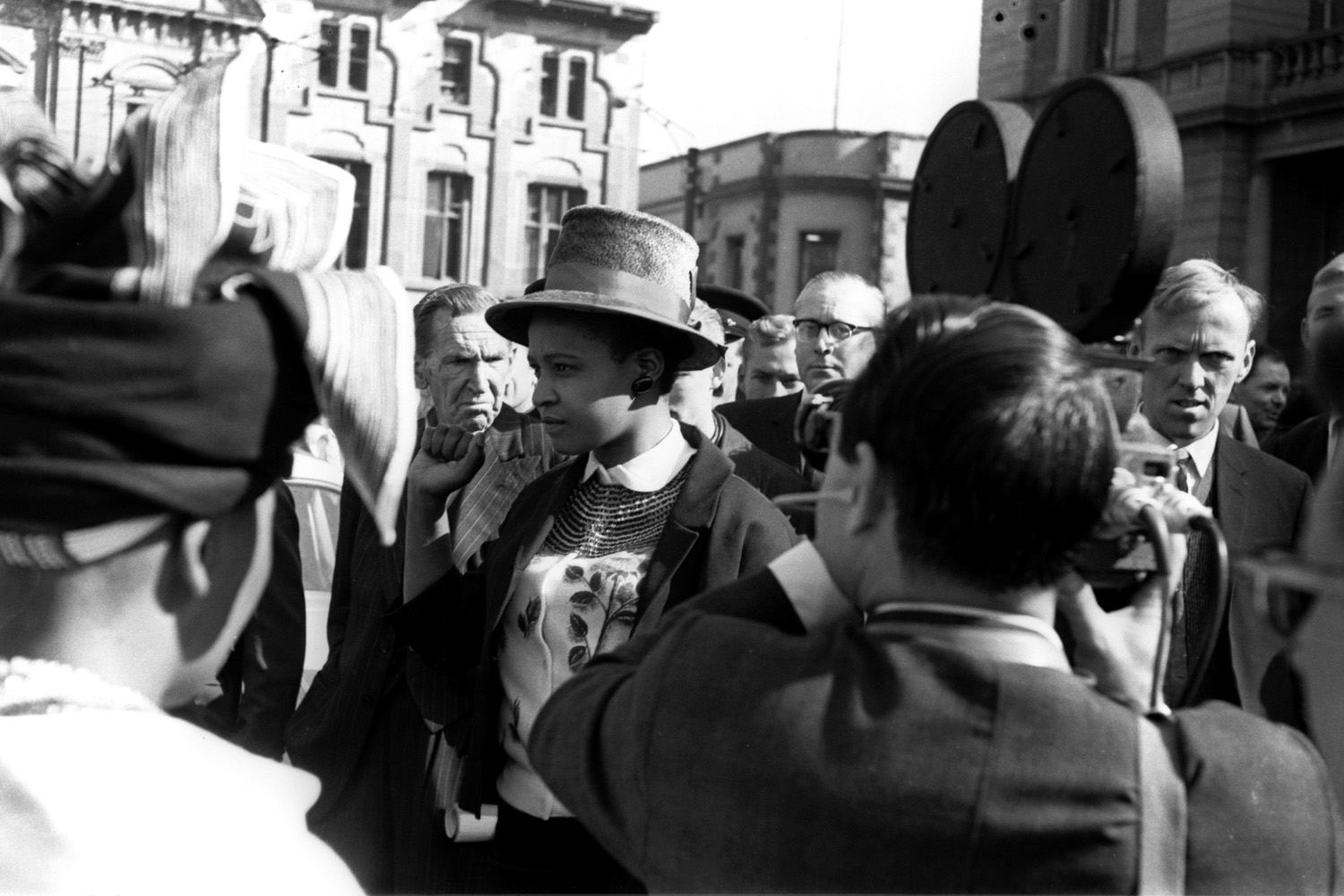
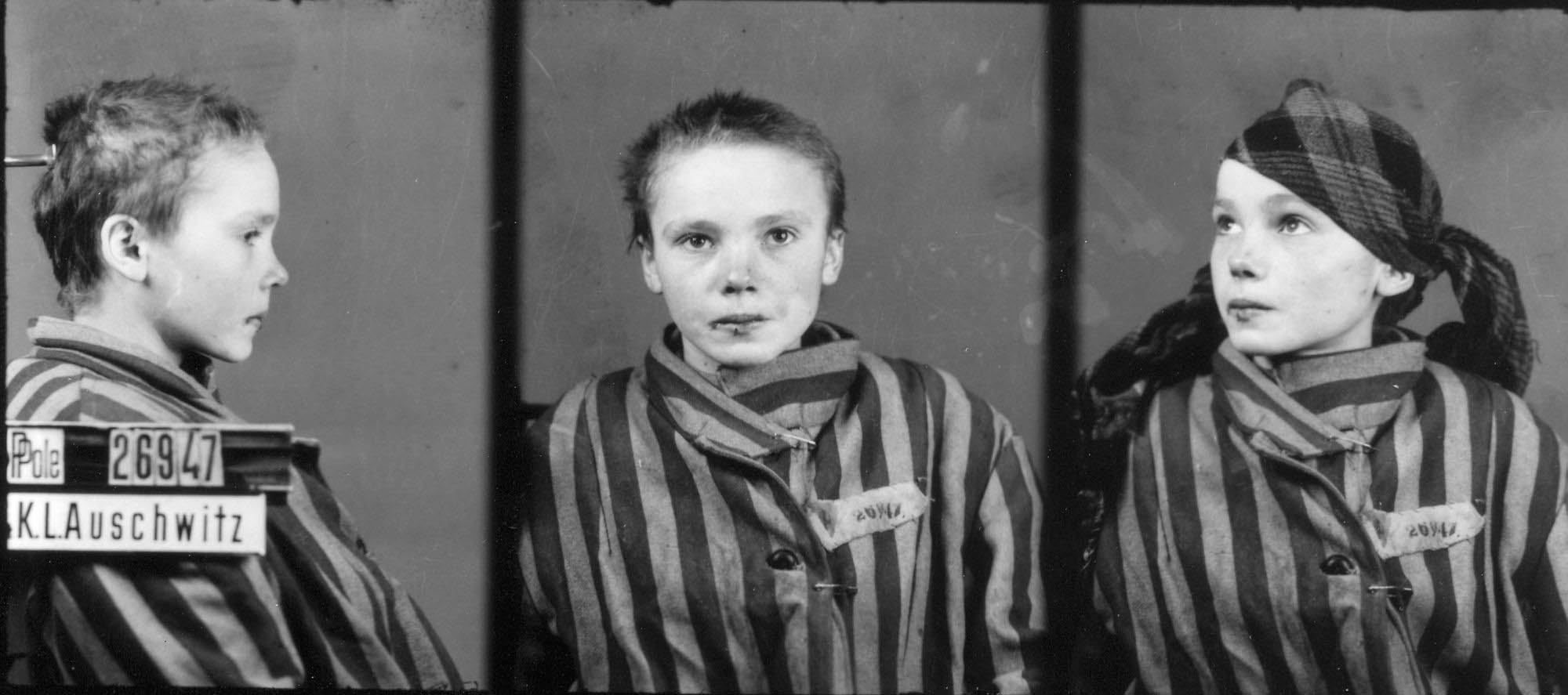
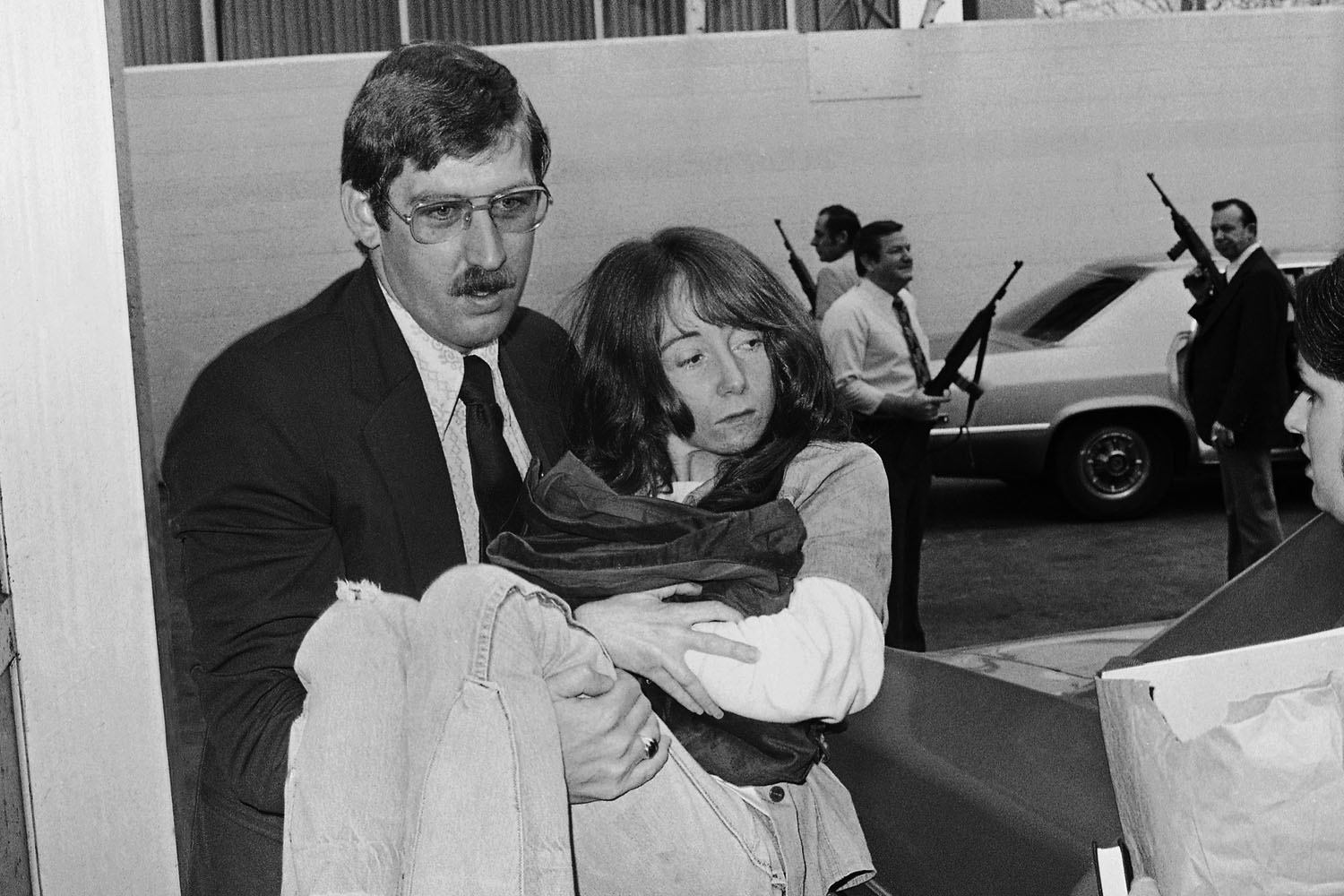
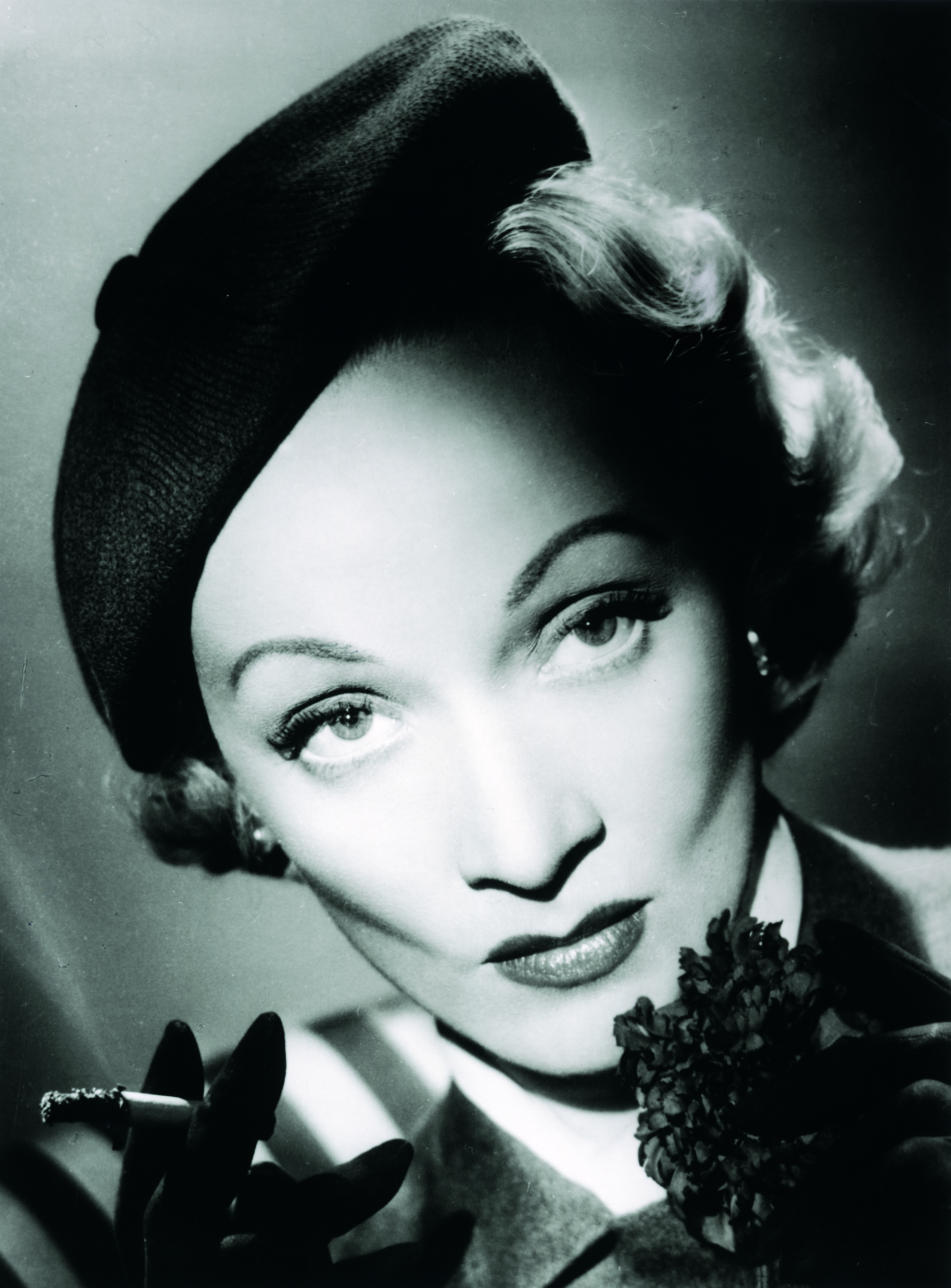
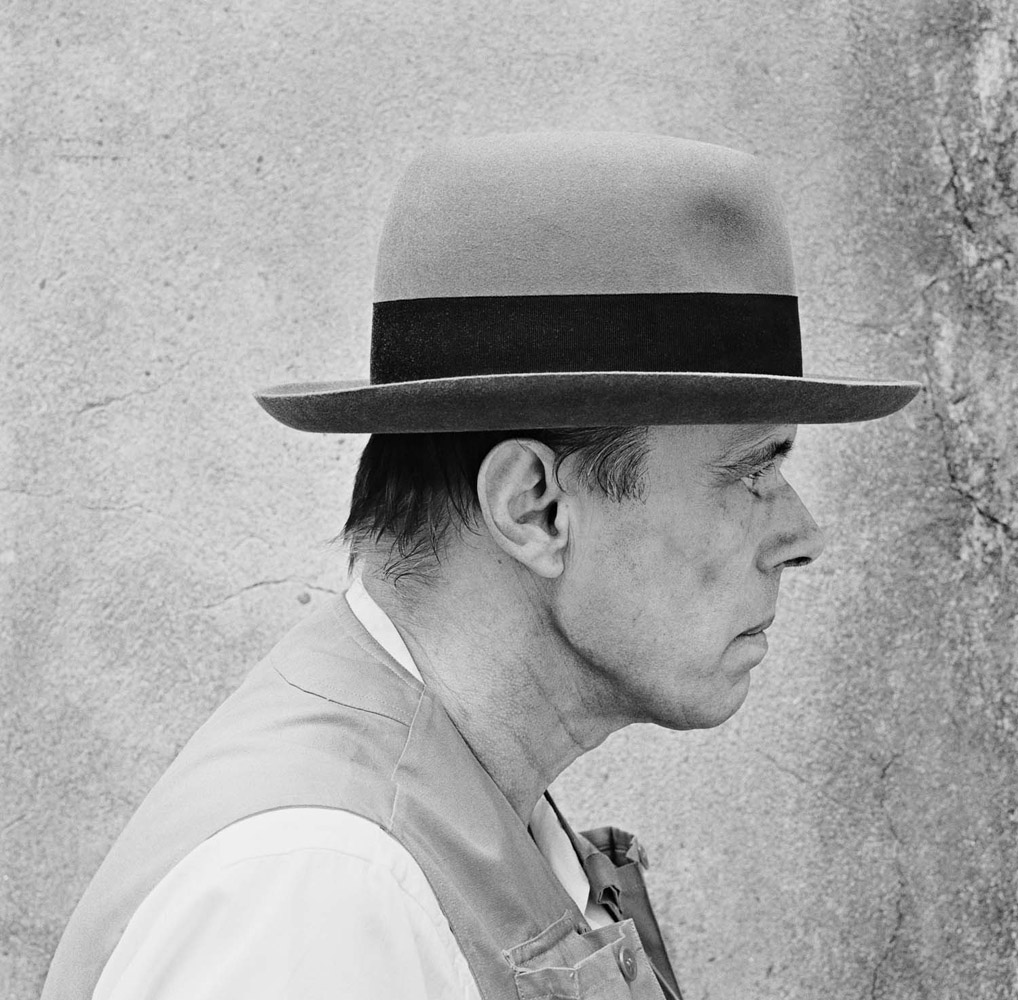
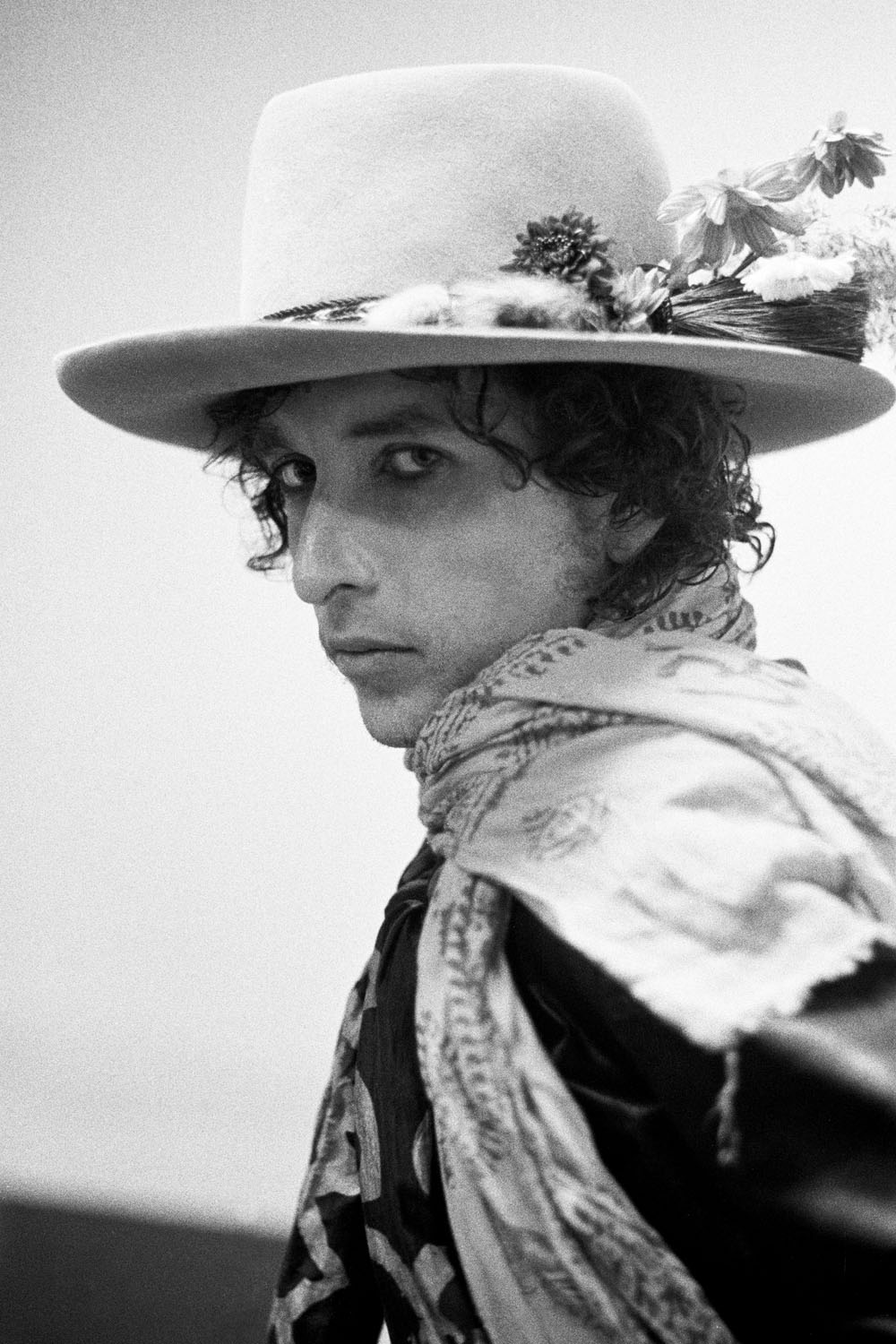
More Must-Reads from TIME
- Donald Trump Is TIME's 2024 Person of the Year
- TIME’s Top 10 Photos of 2024
- Why Gen Z Is Drinking Less
- The Best Movies About Cooking
- Why Is Anxiety Worse at Night?
- A Head-to-Toe Guide to Treating Dry Skin
- Why Street Cats Are Taking Over Urban Neighborhoods
- Column: Jimmy Carter’s Global Legacy Was Moral Clarity
Contact us at letters@time.com